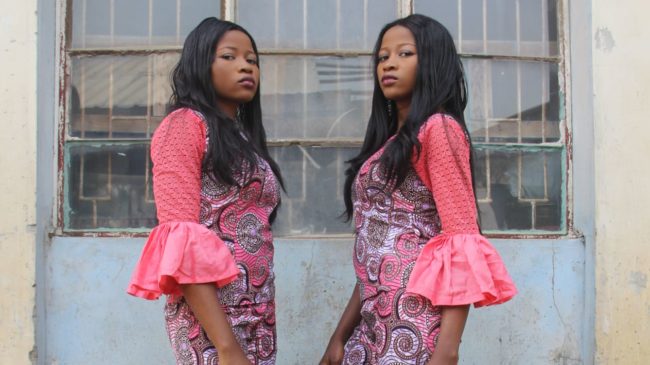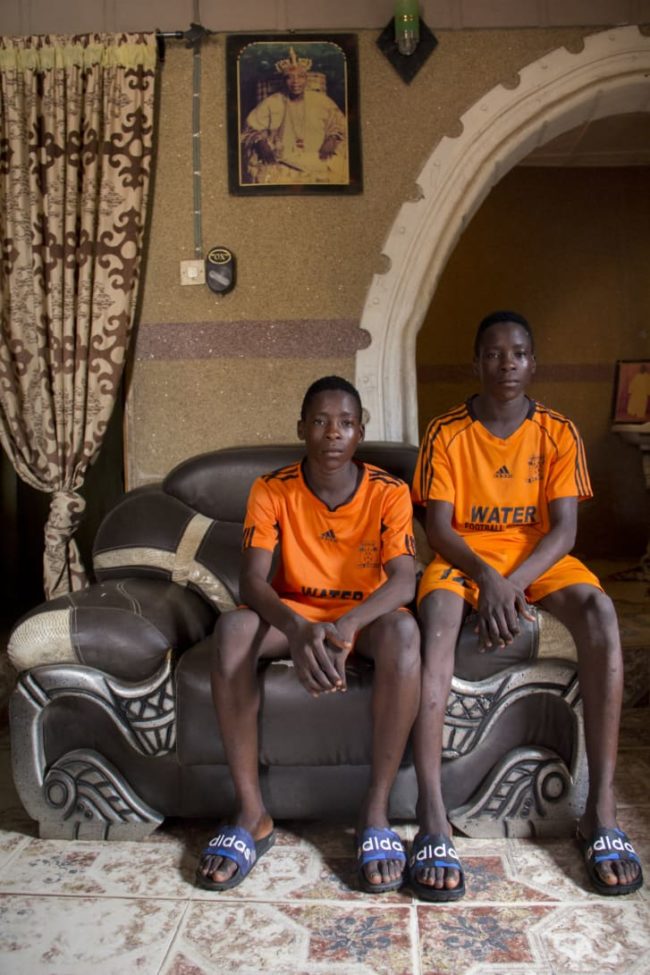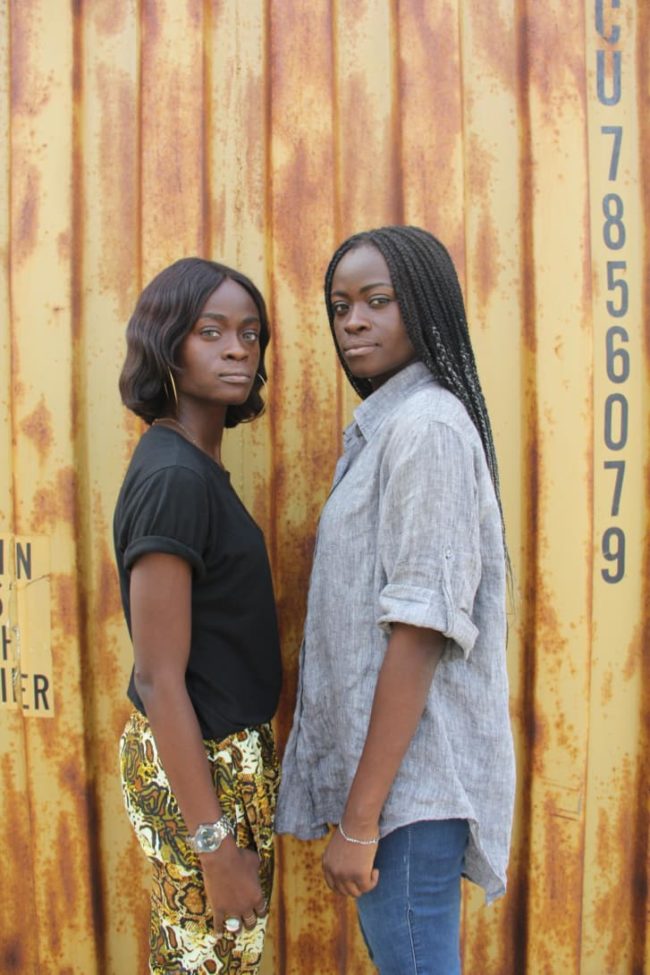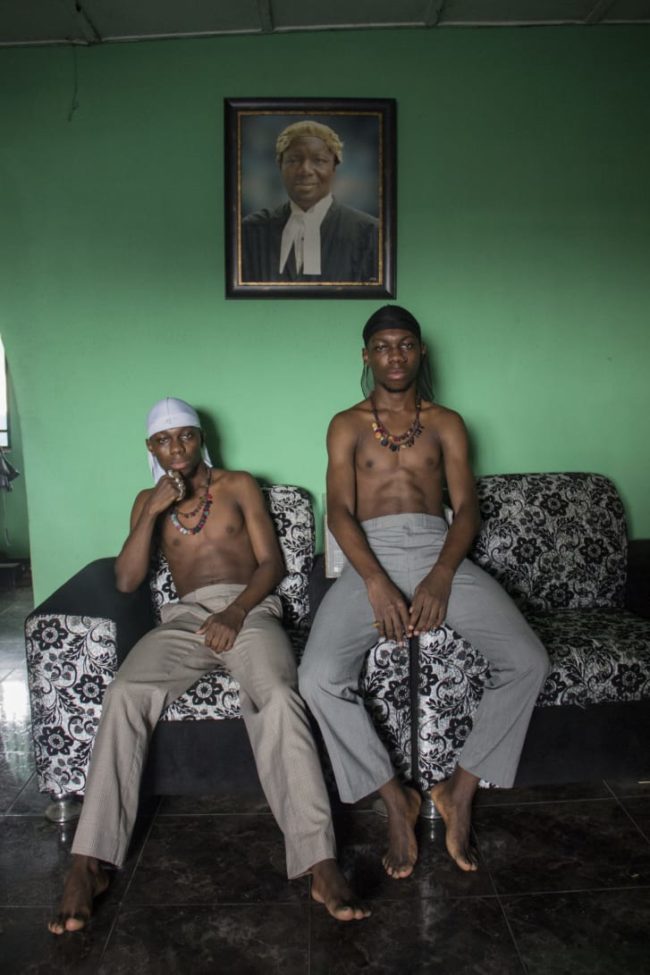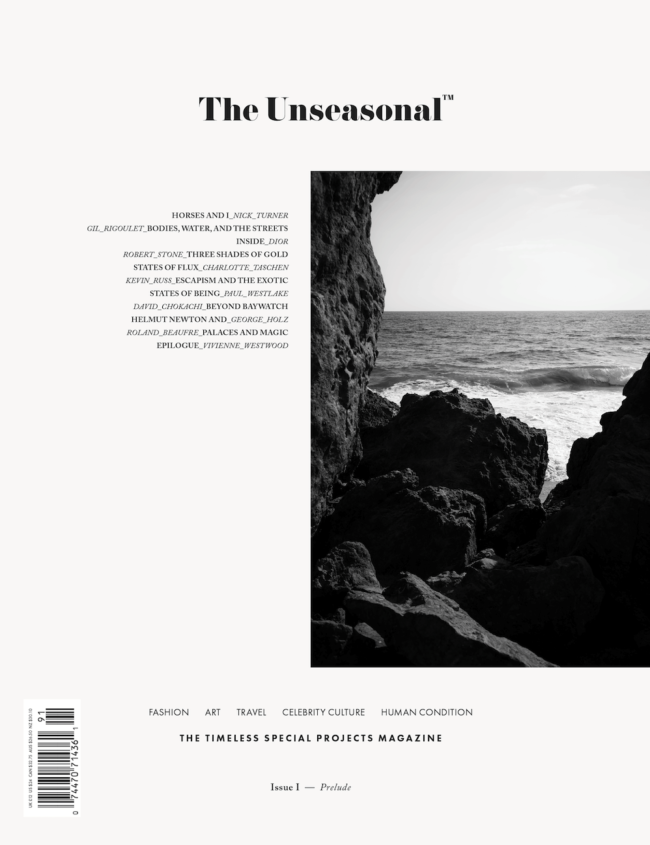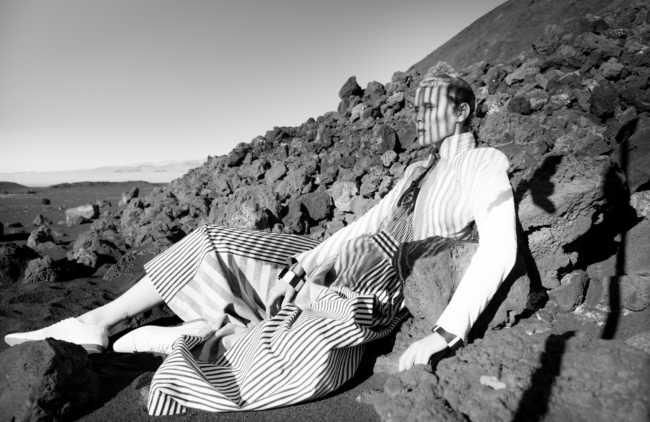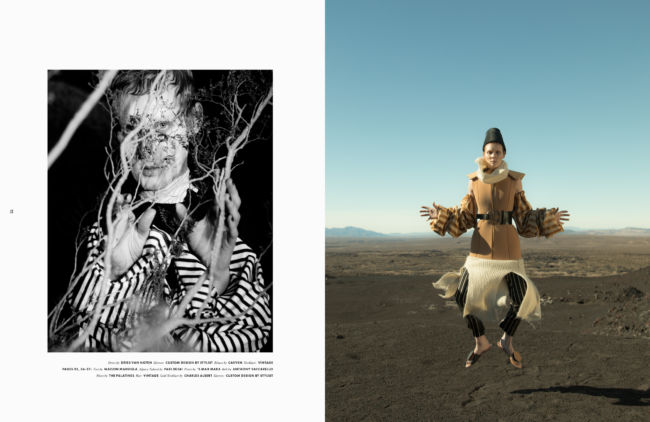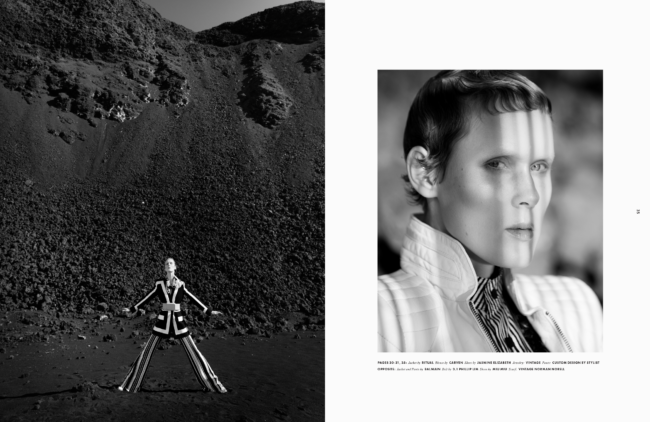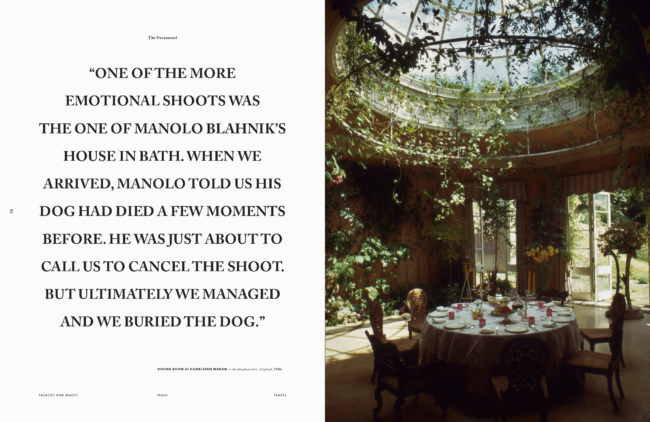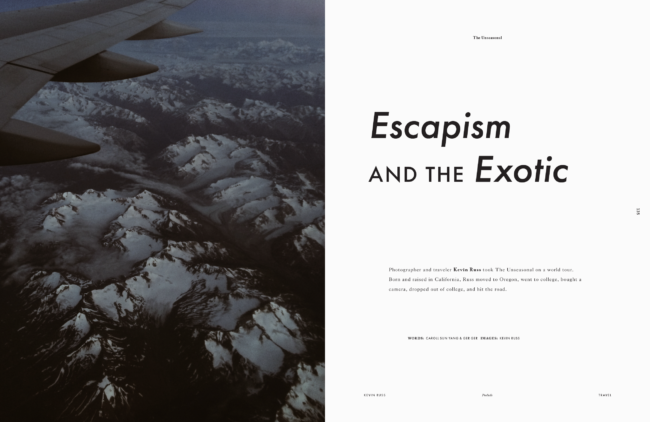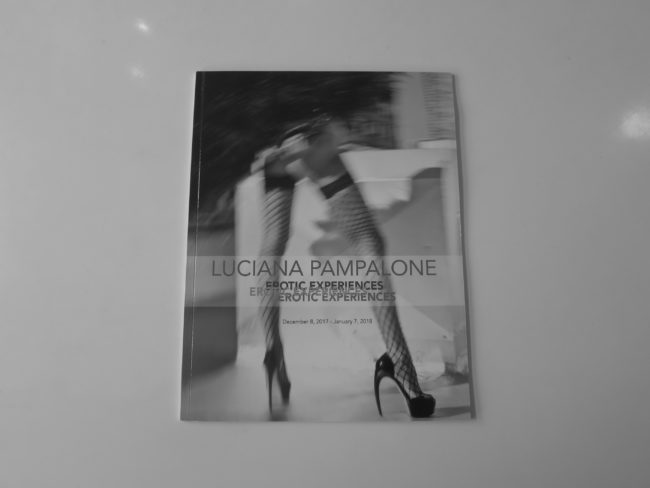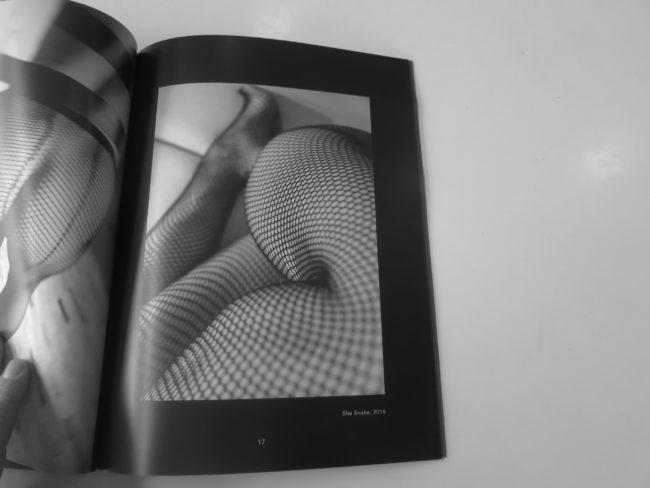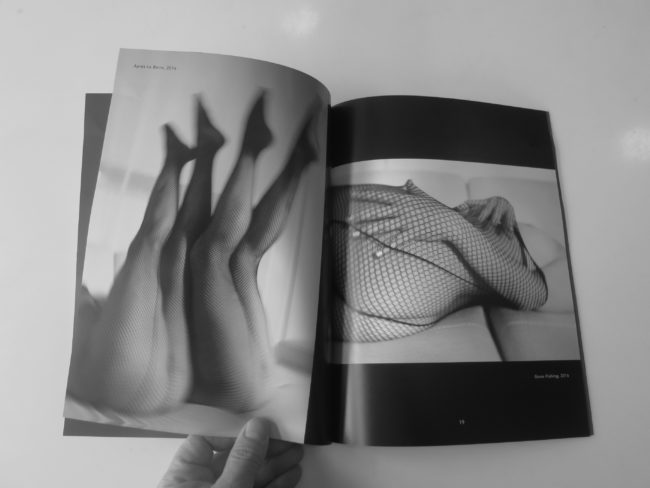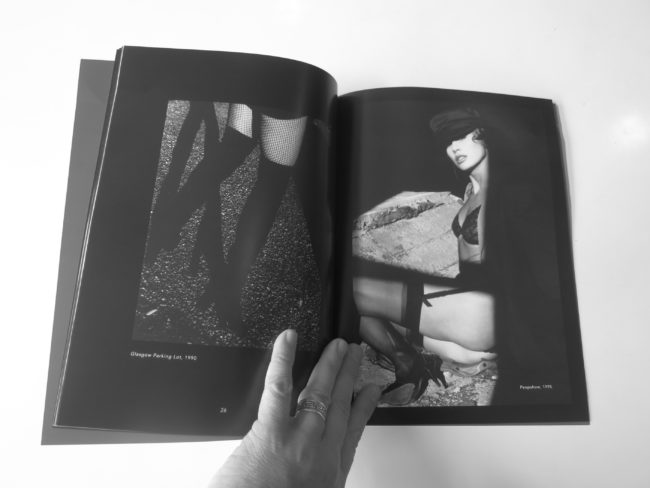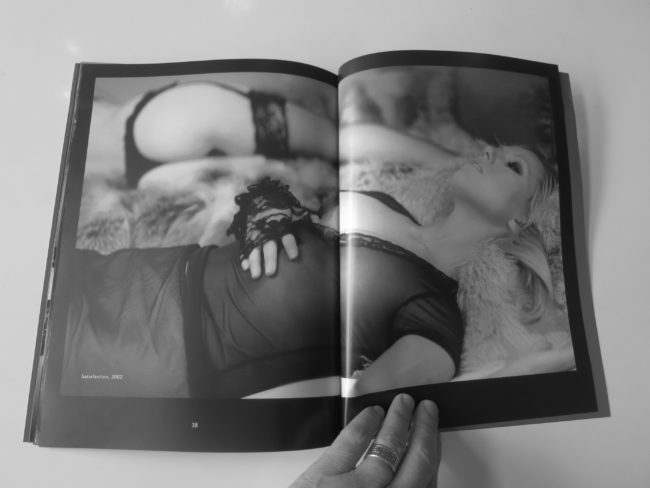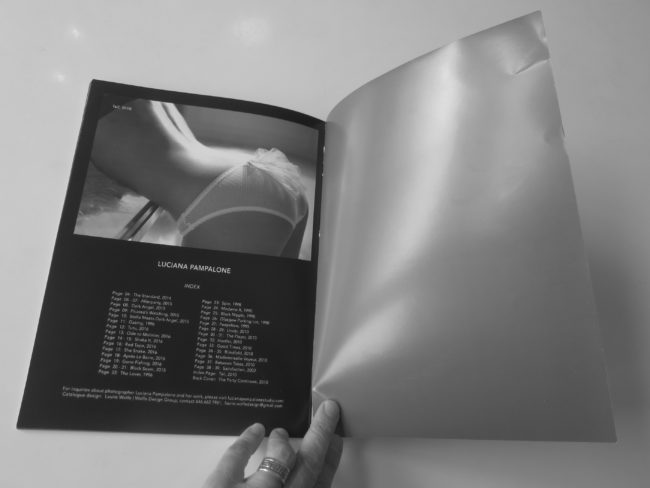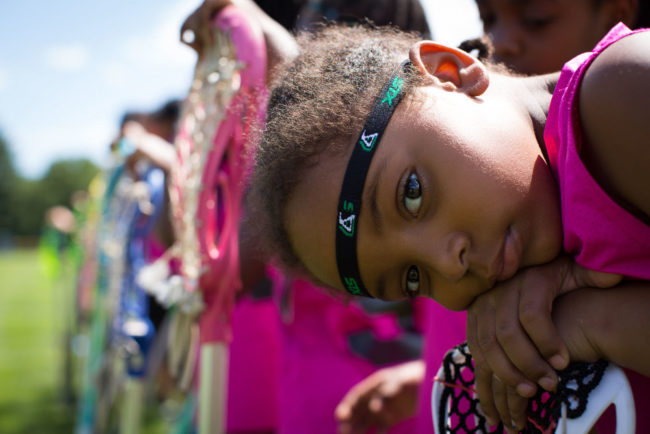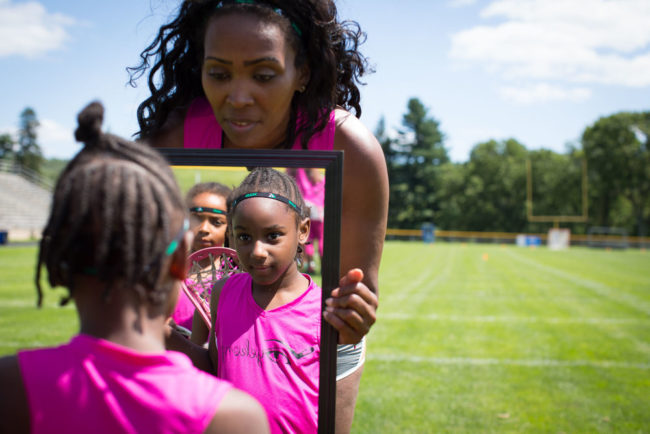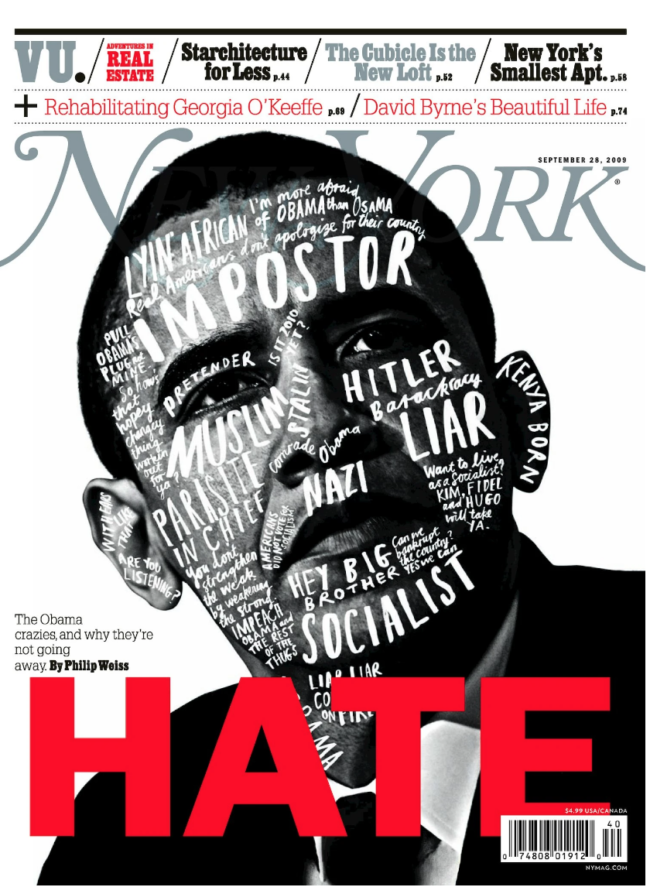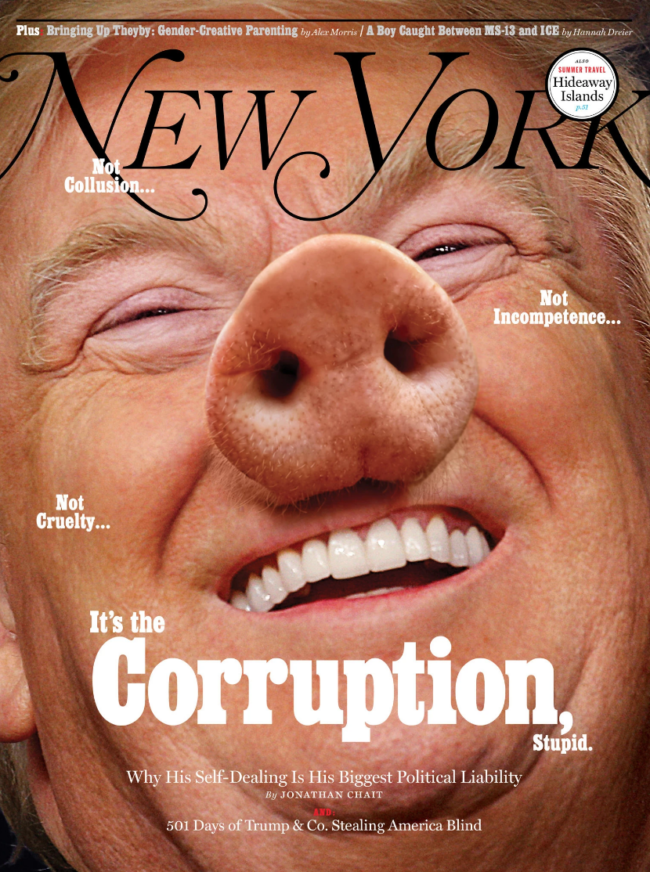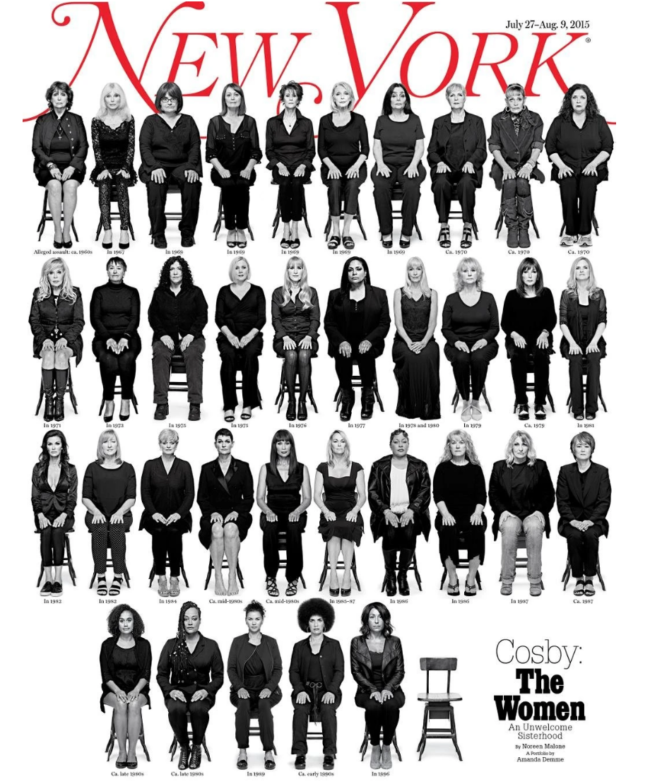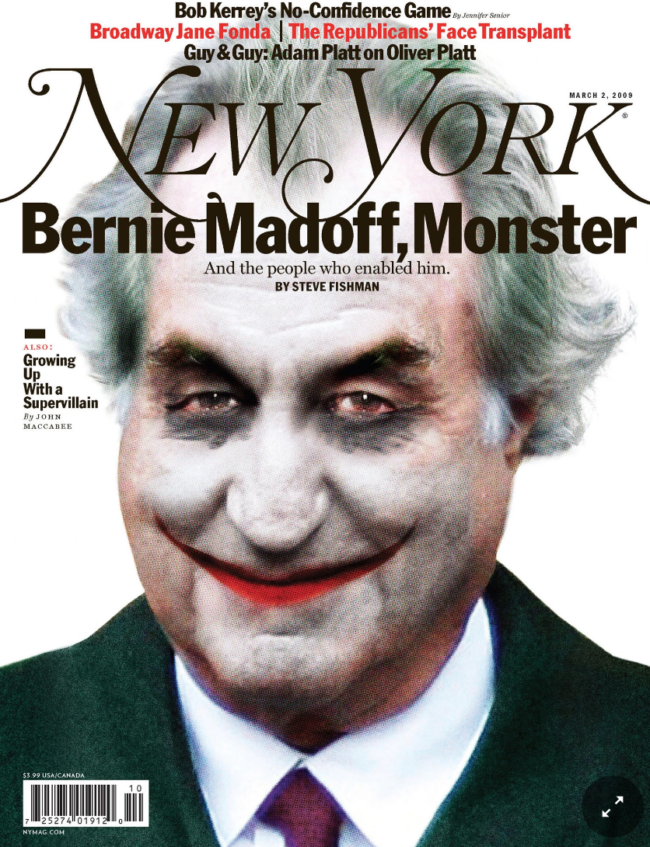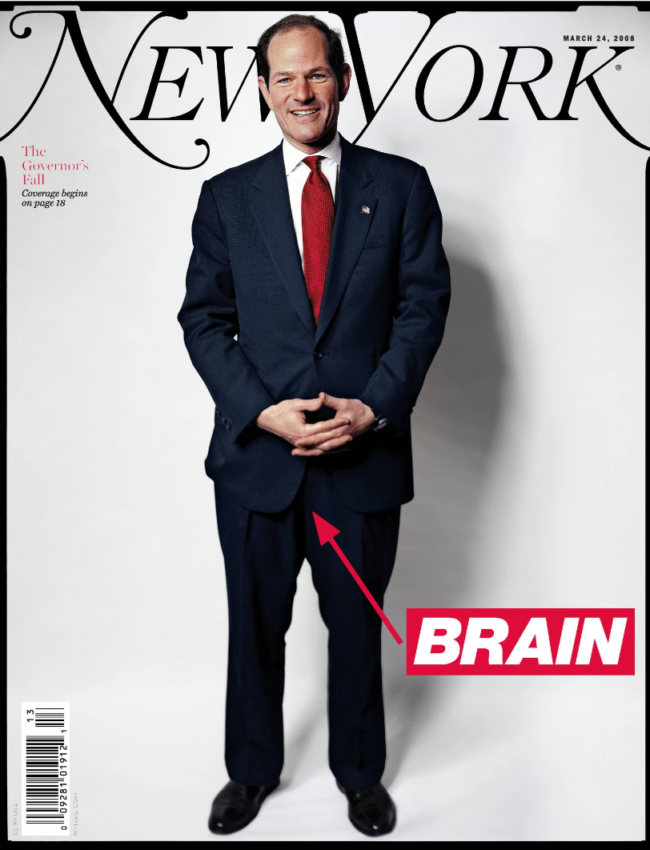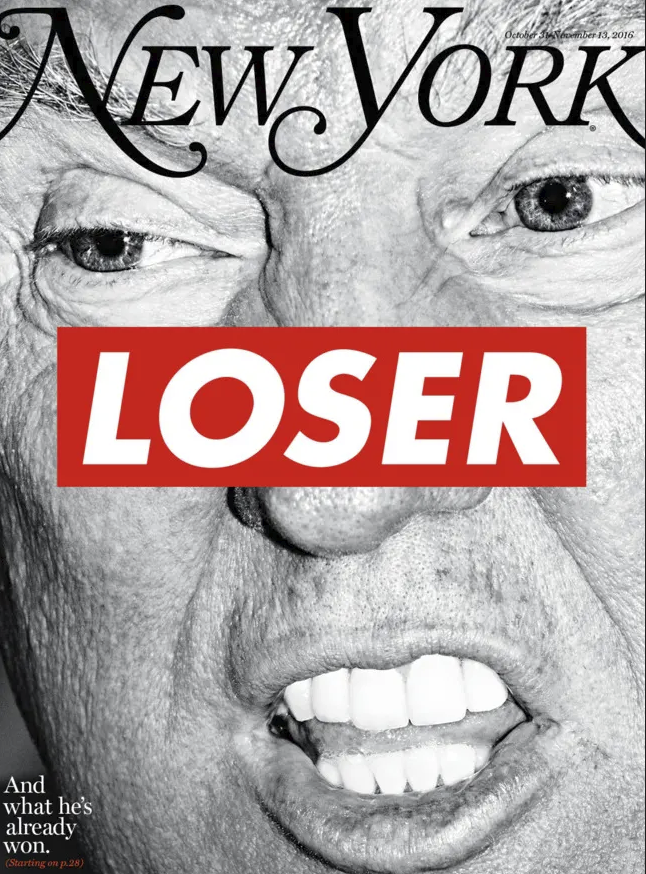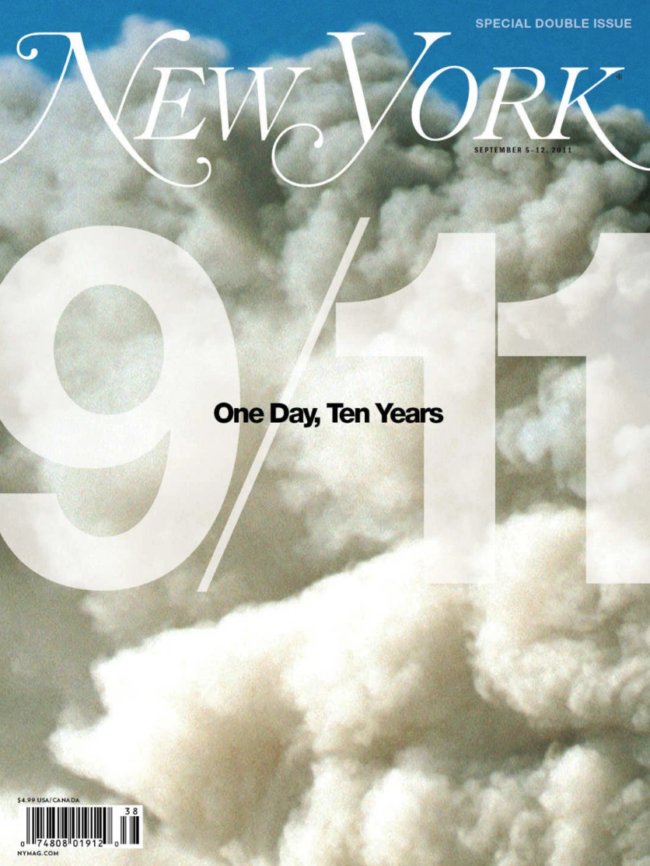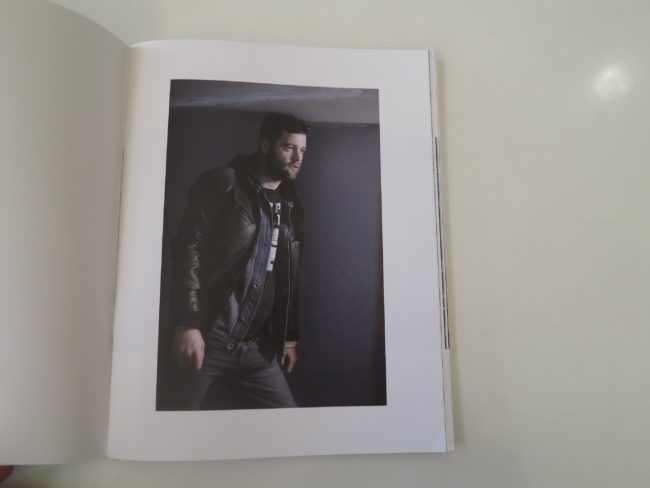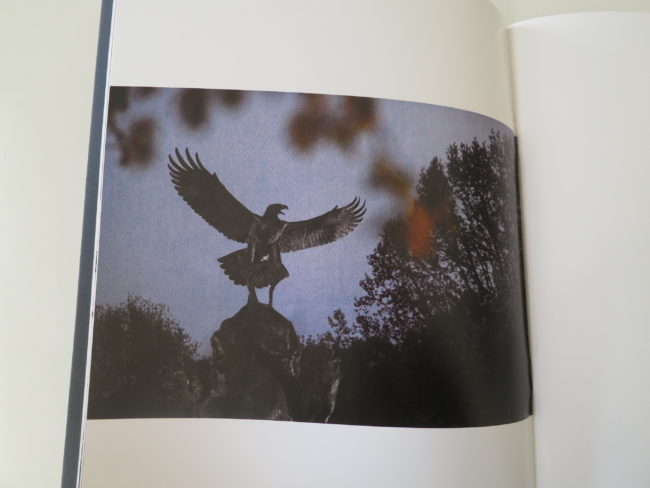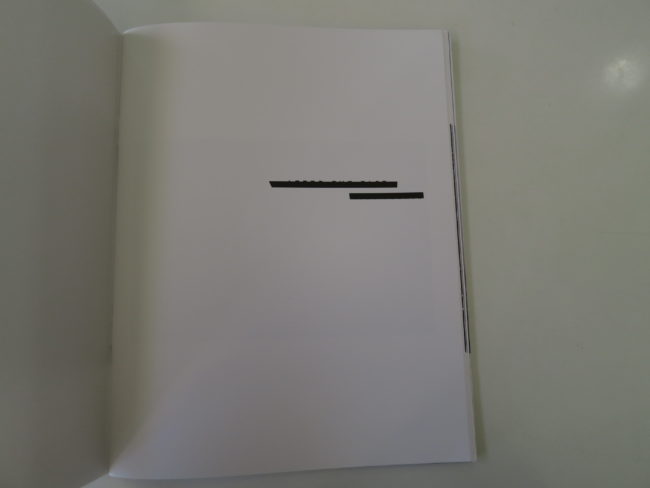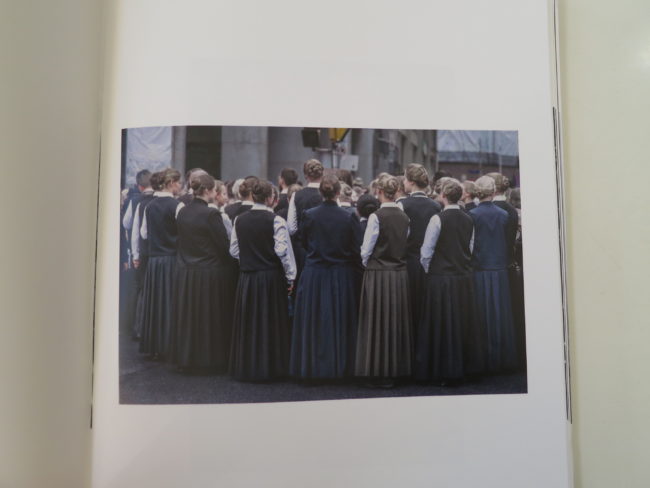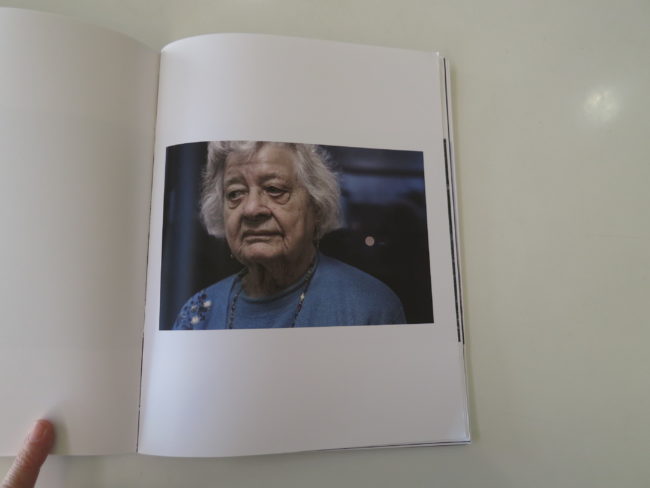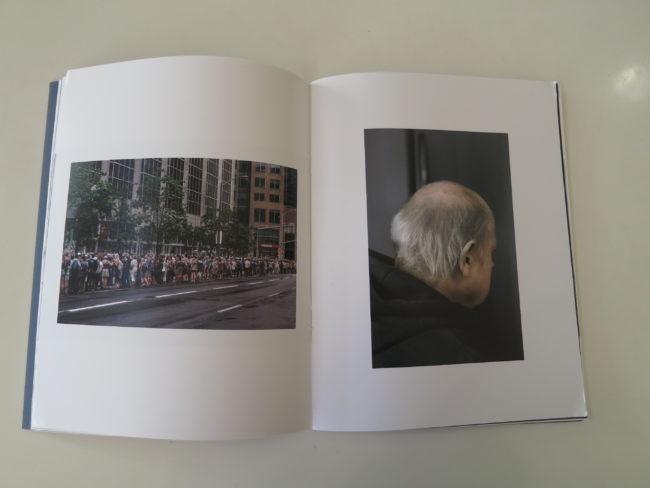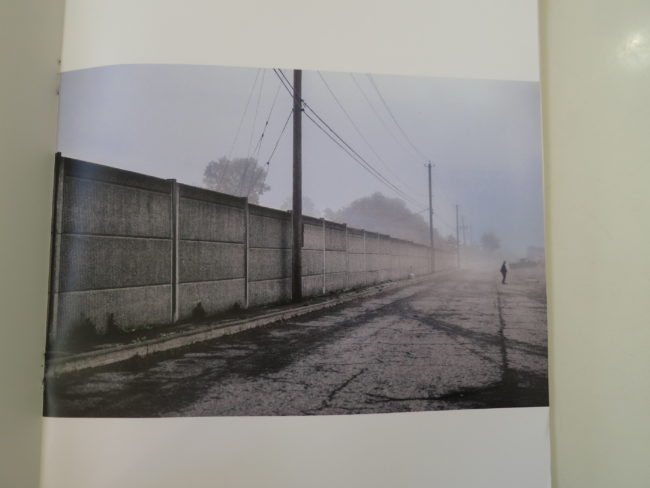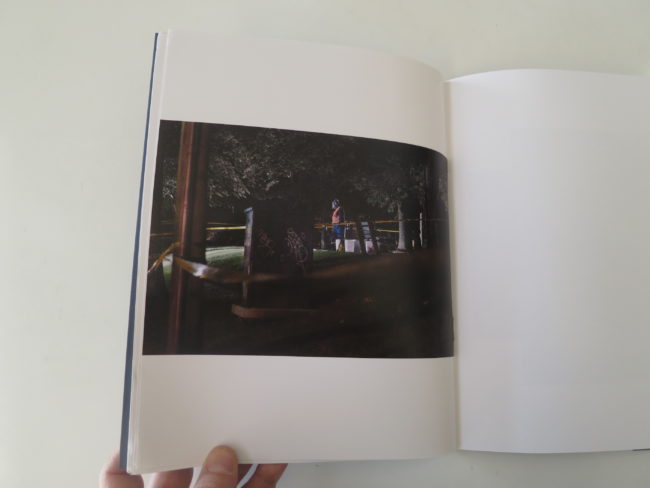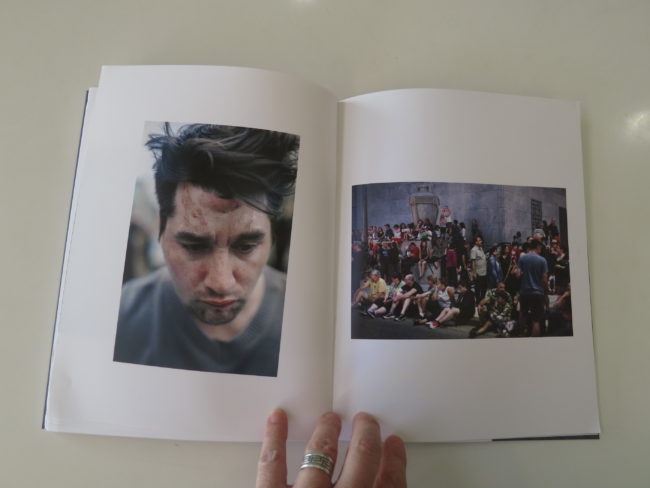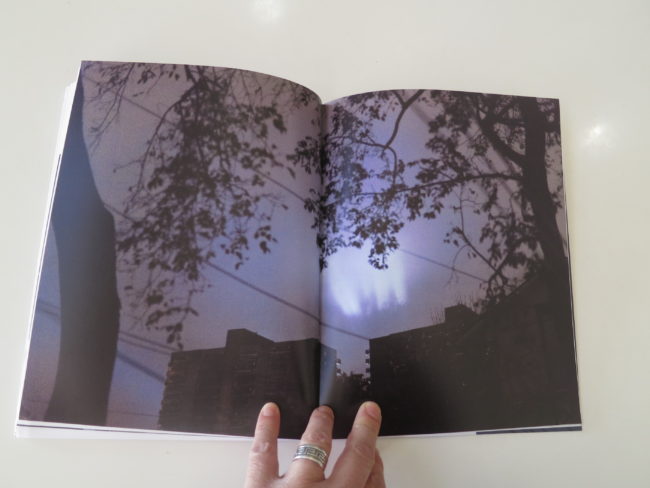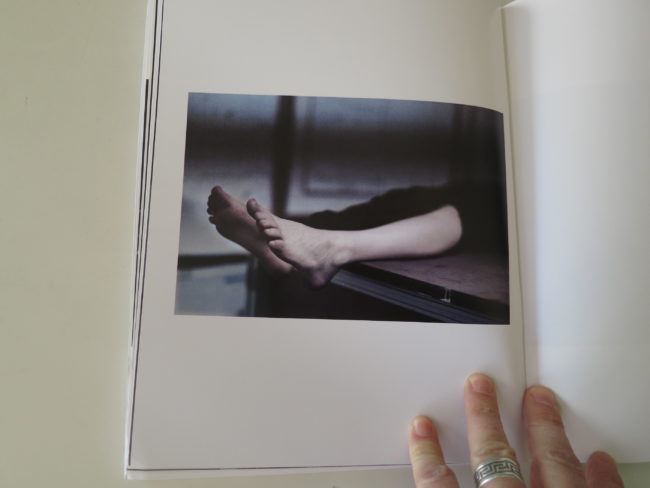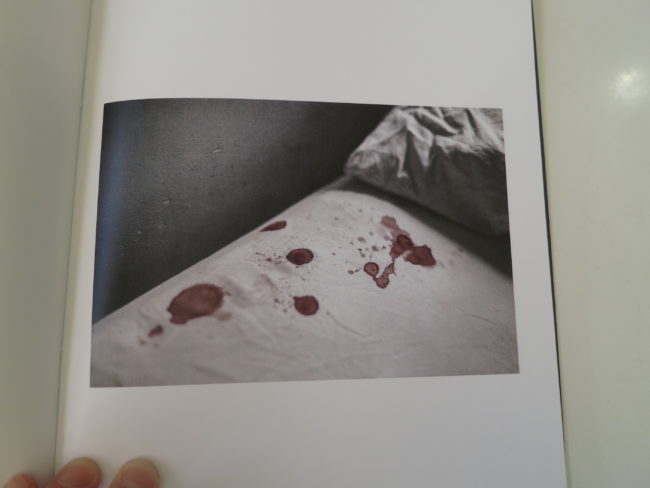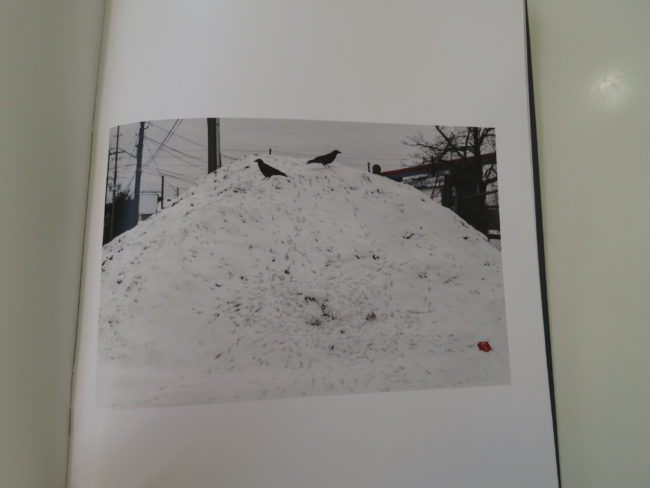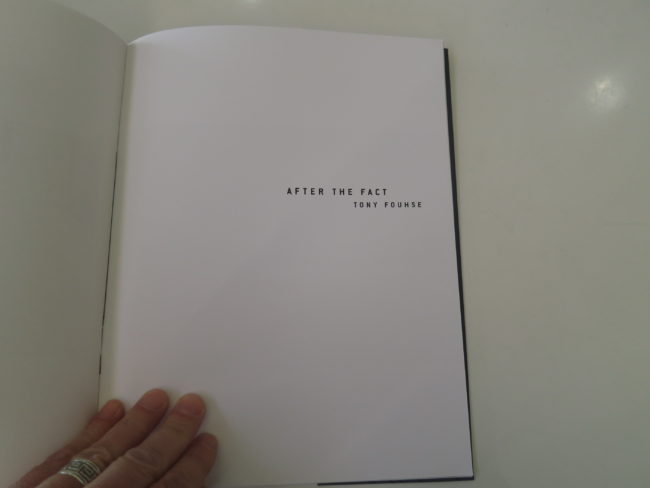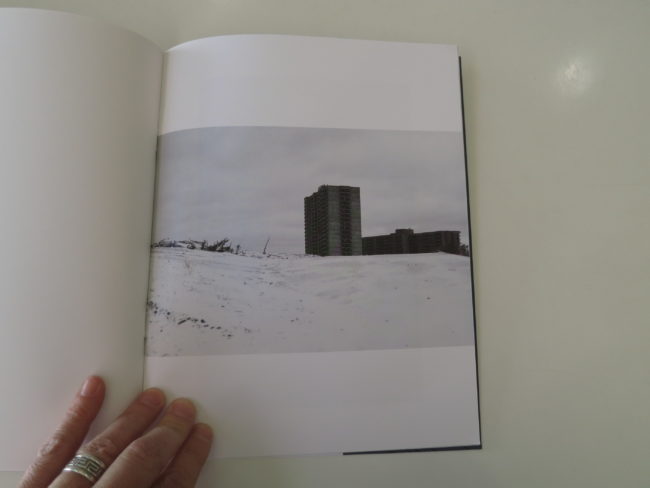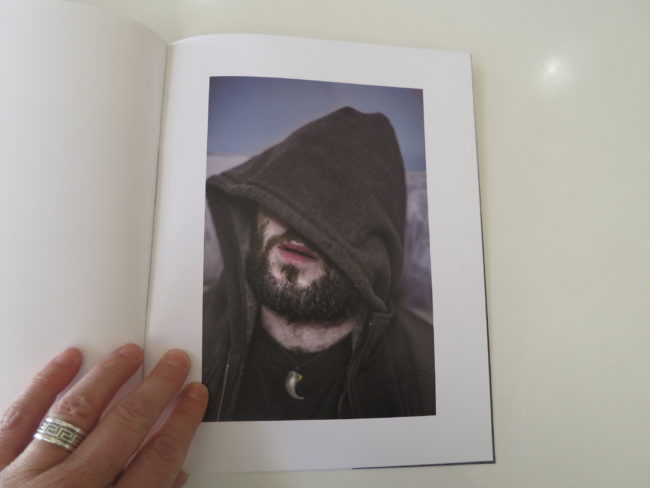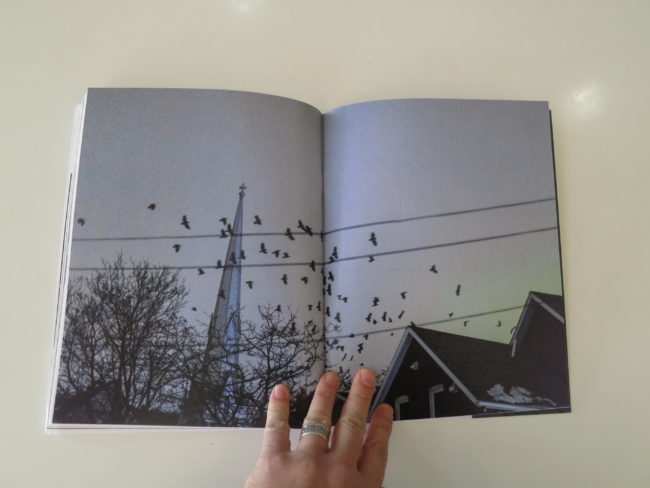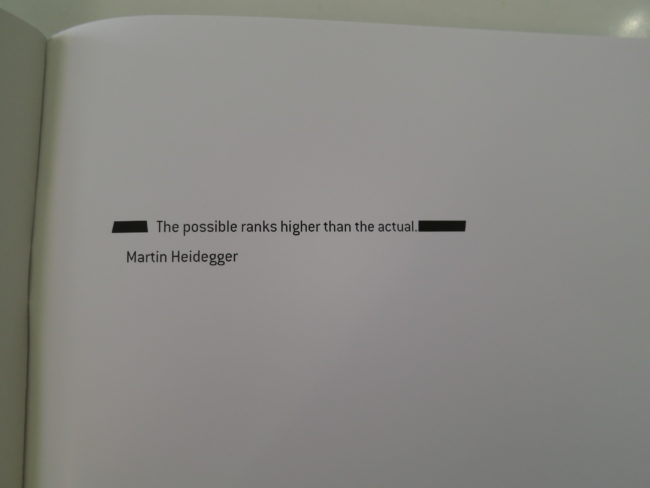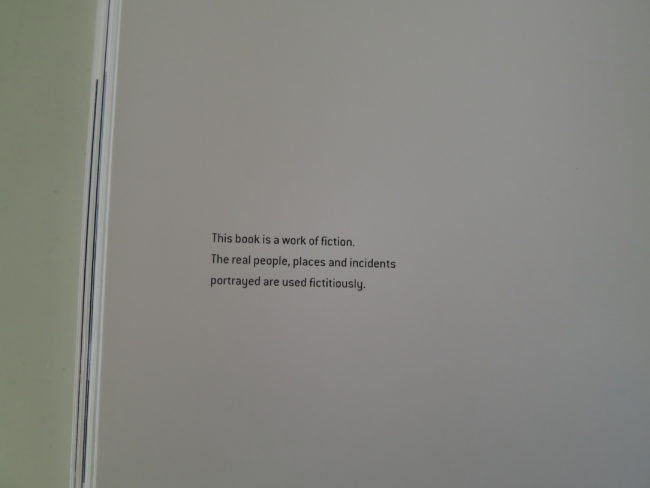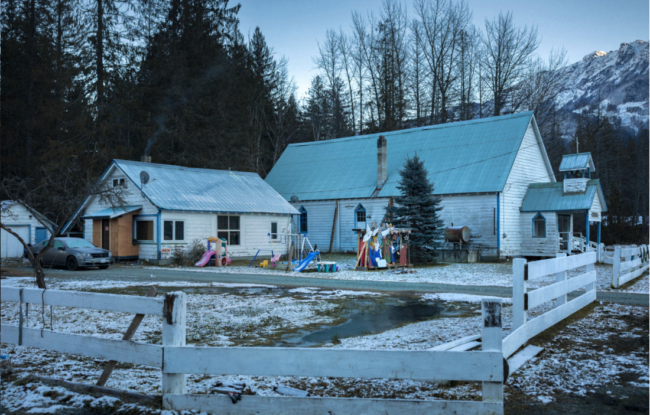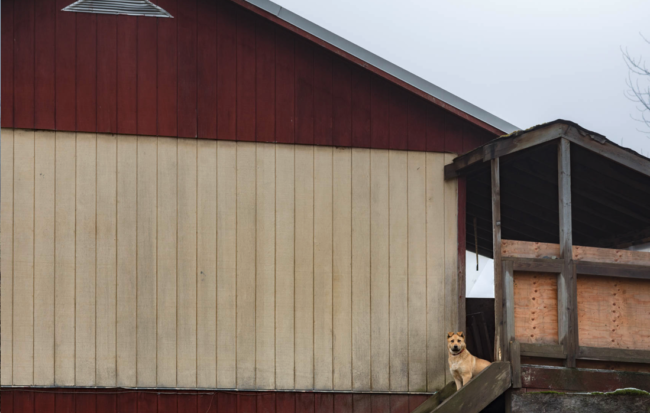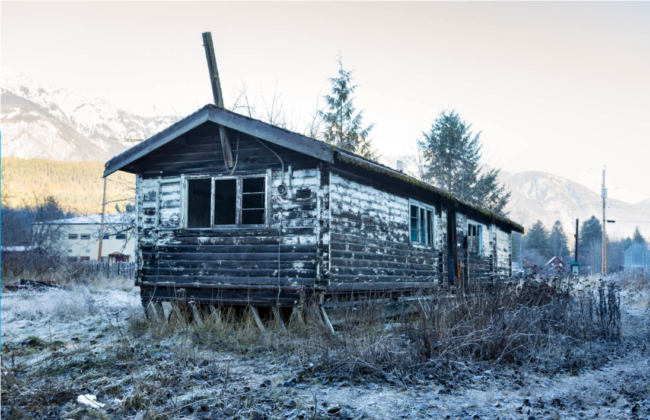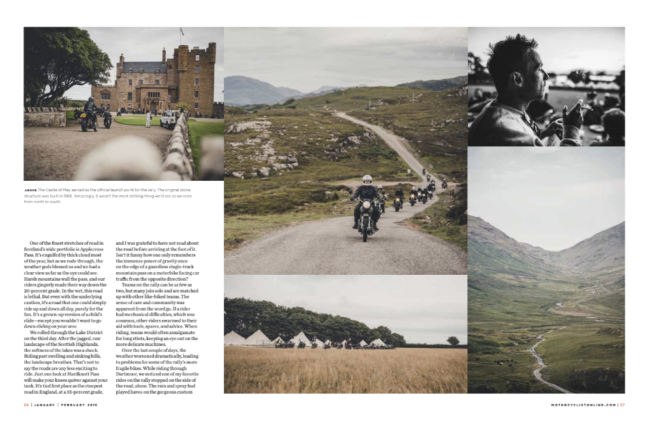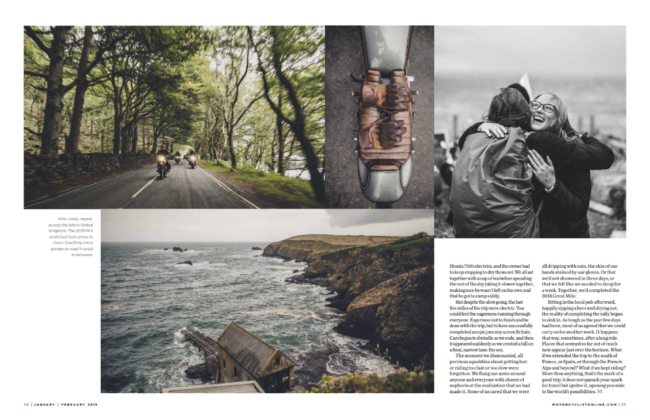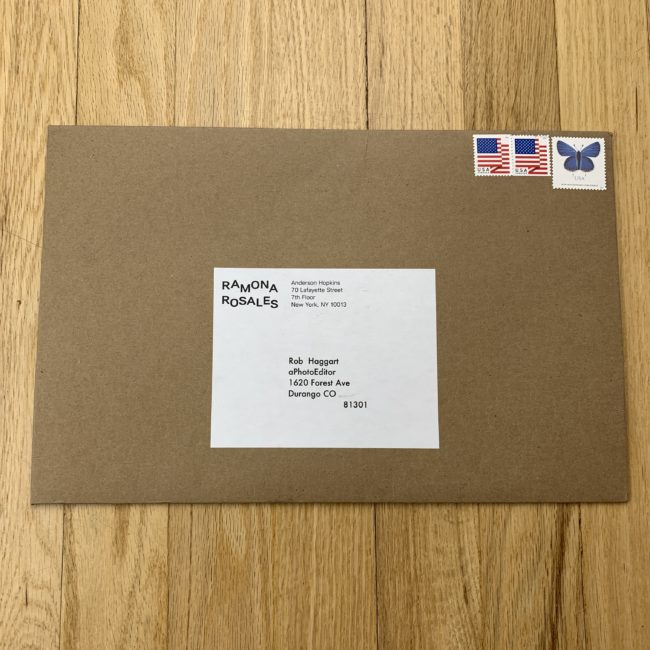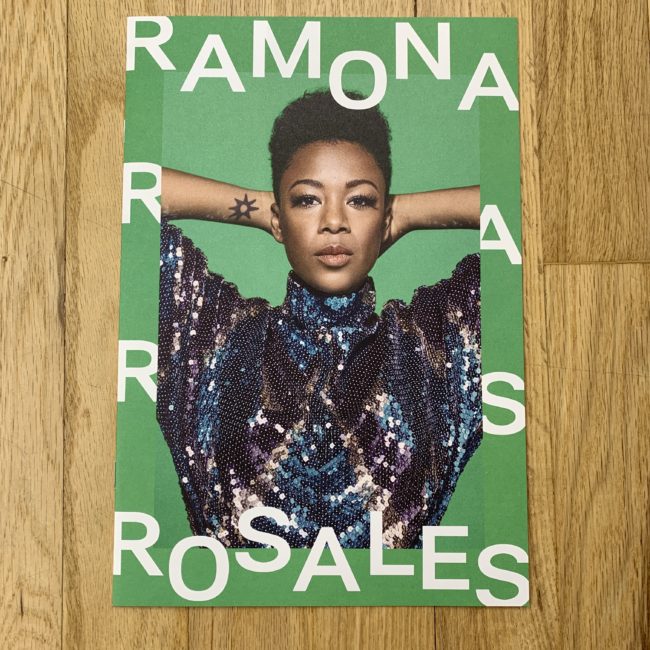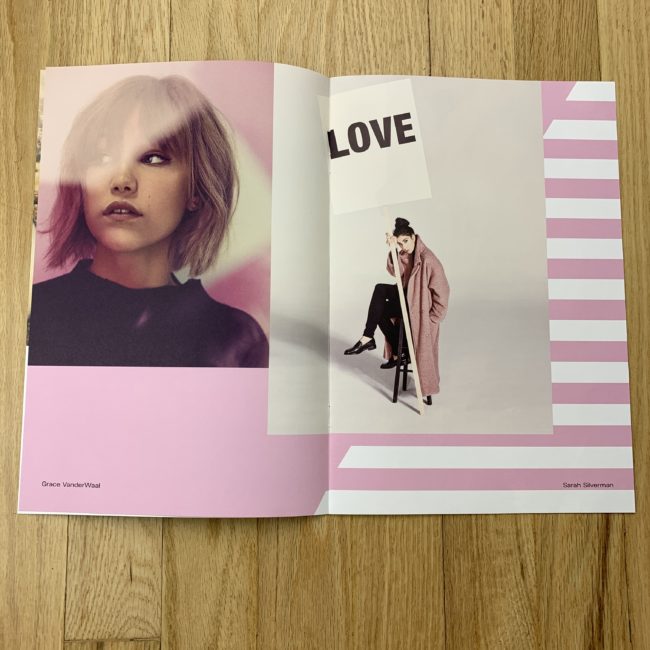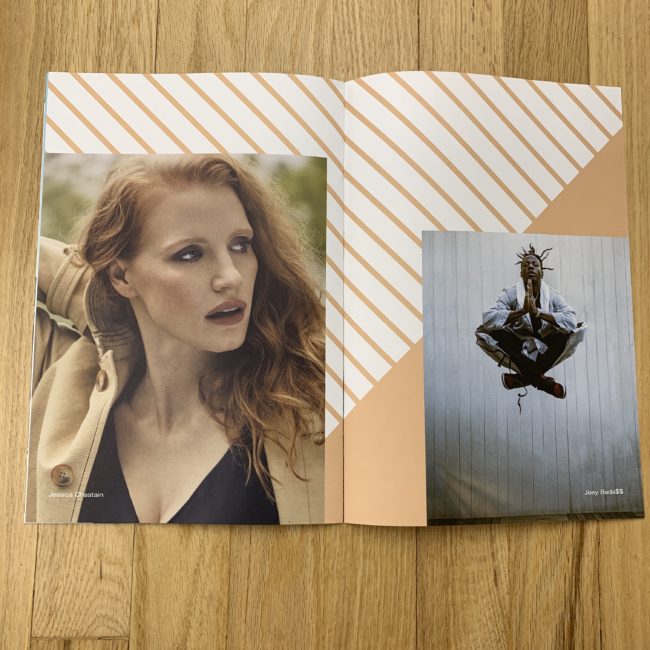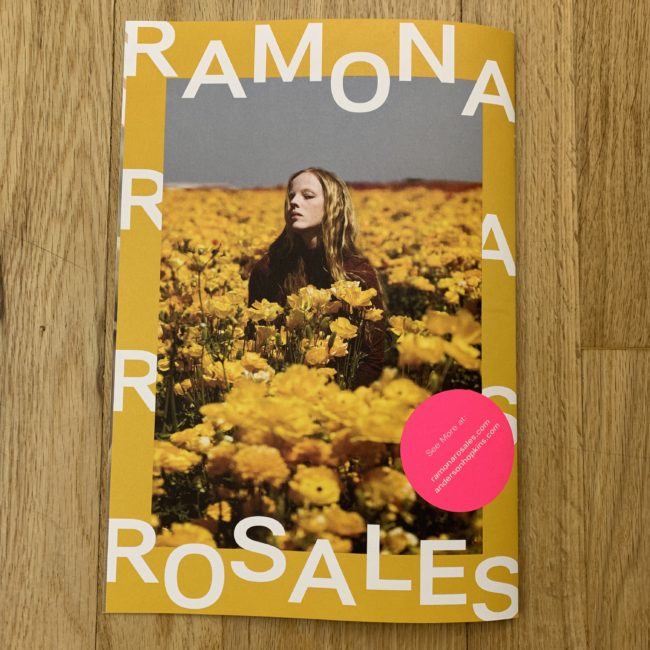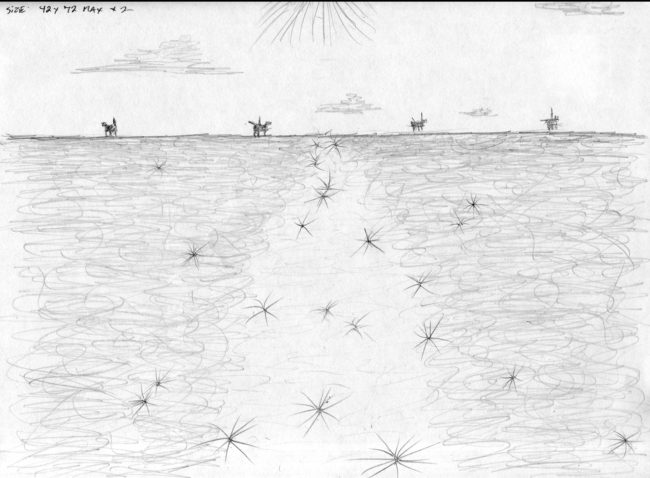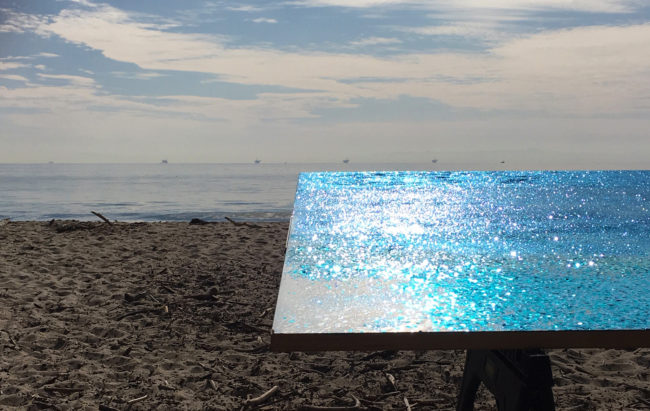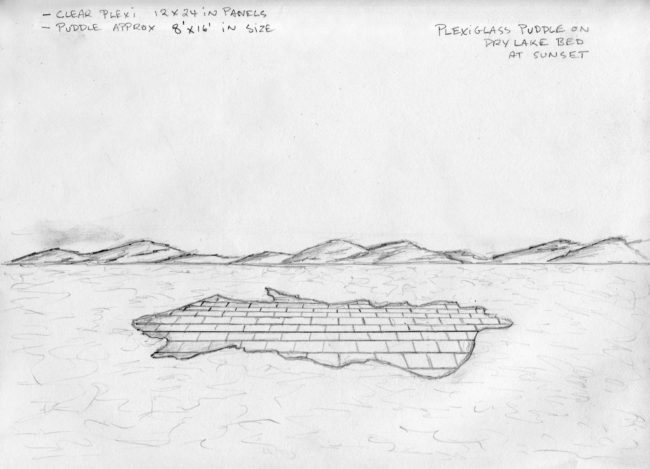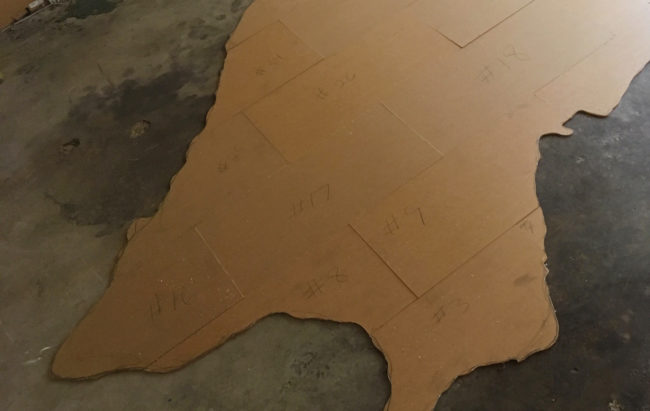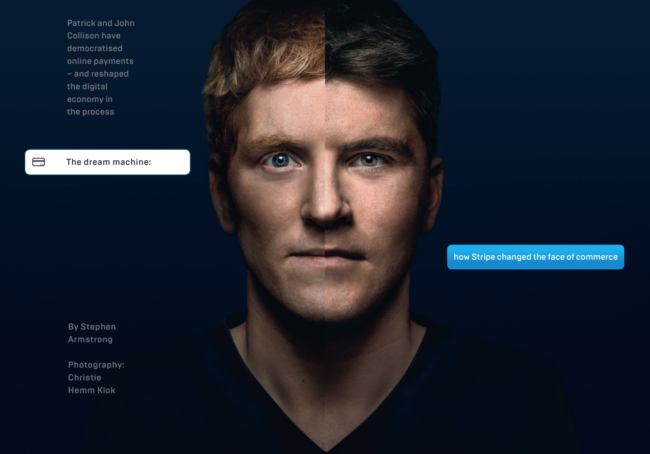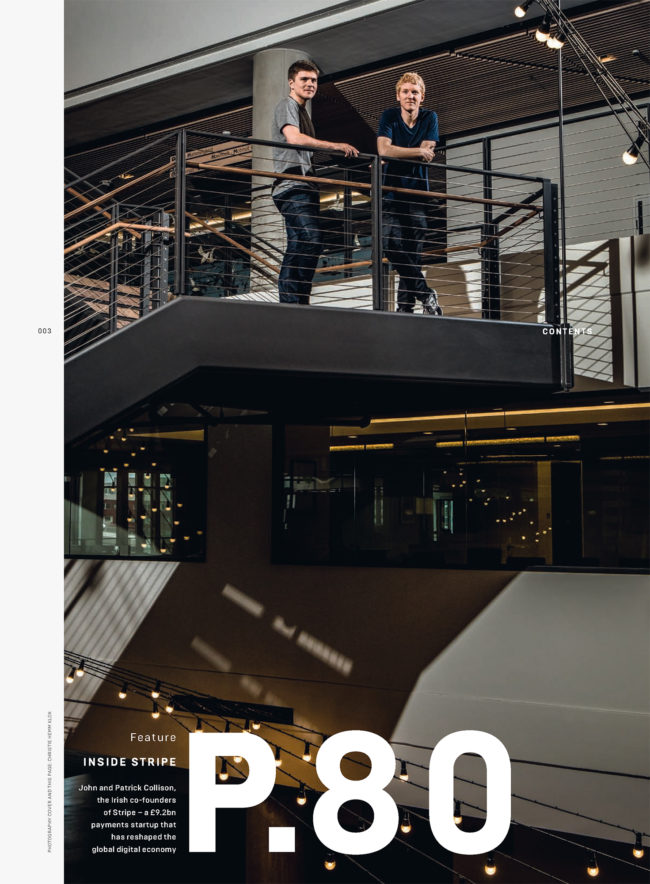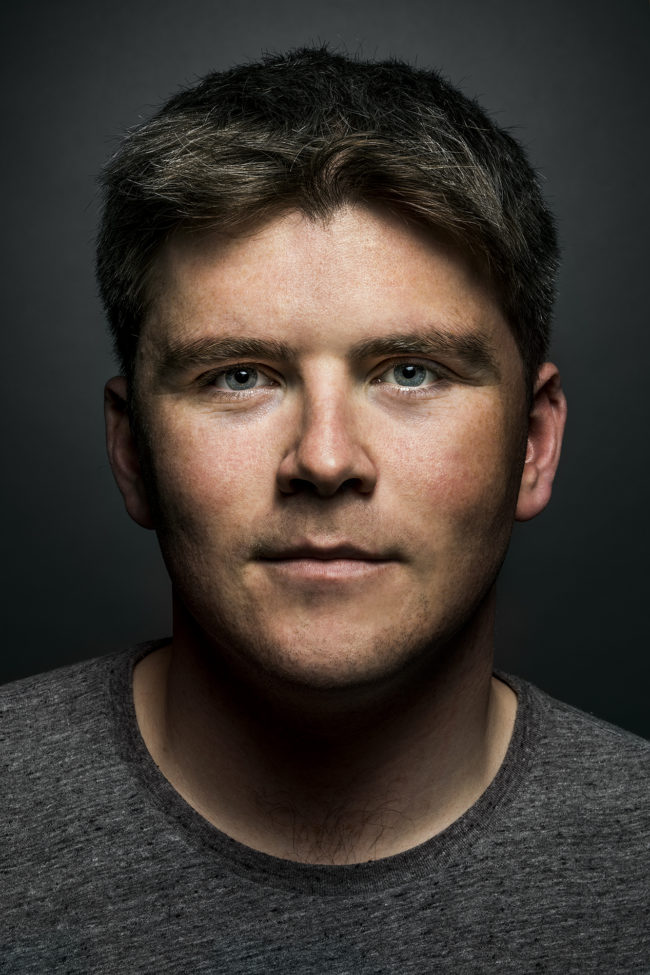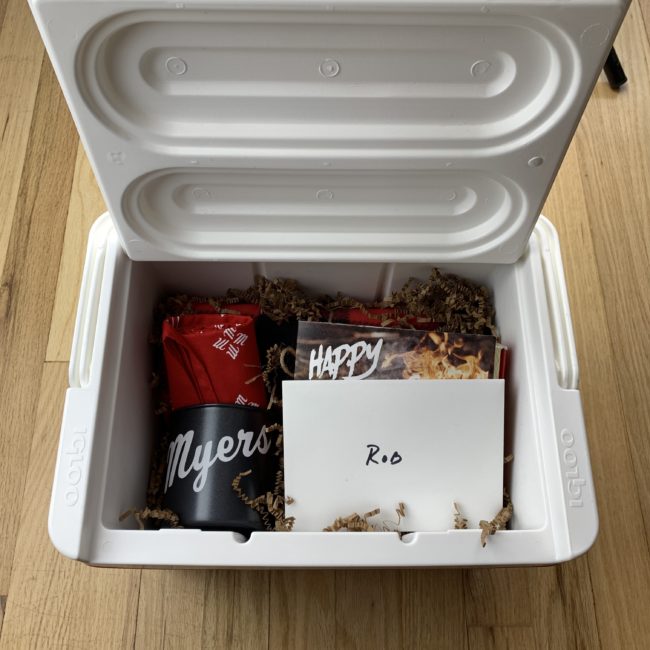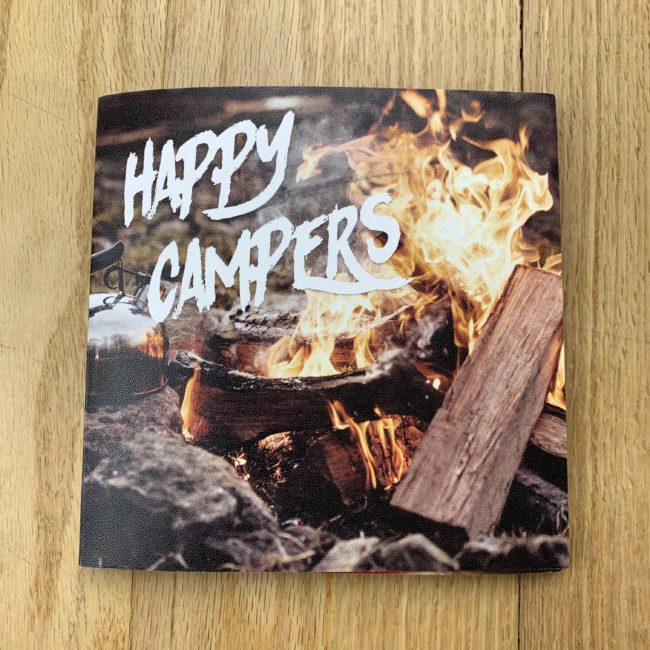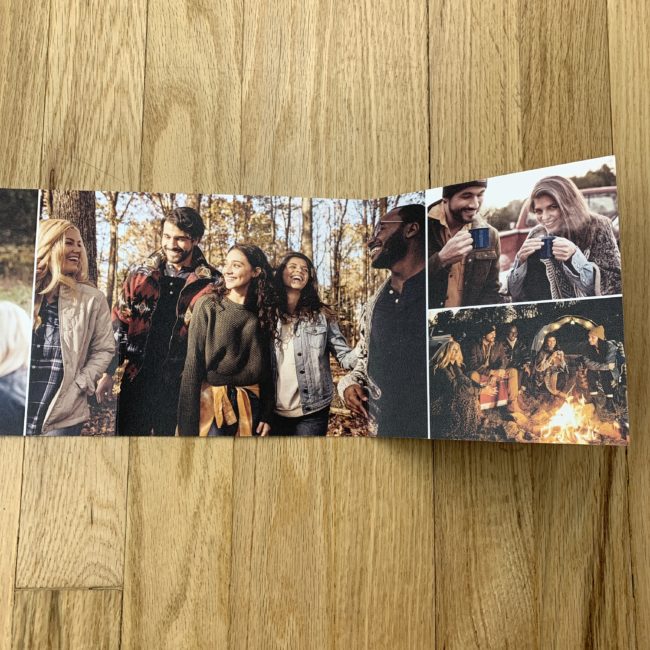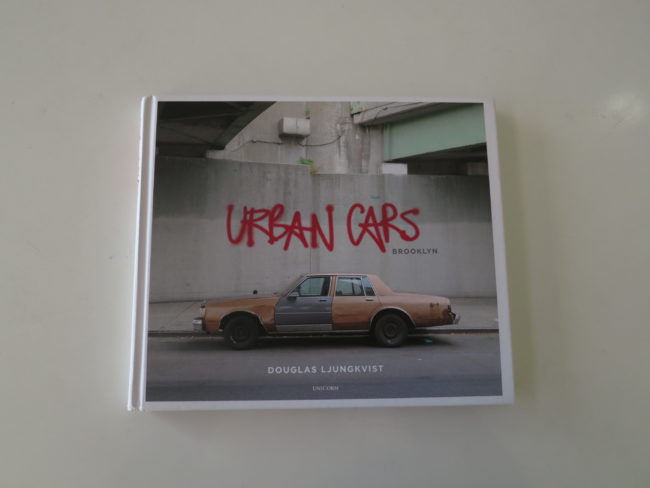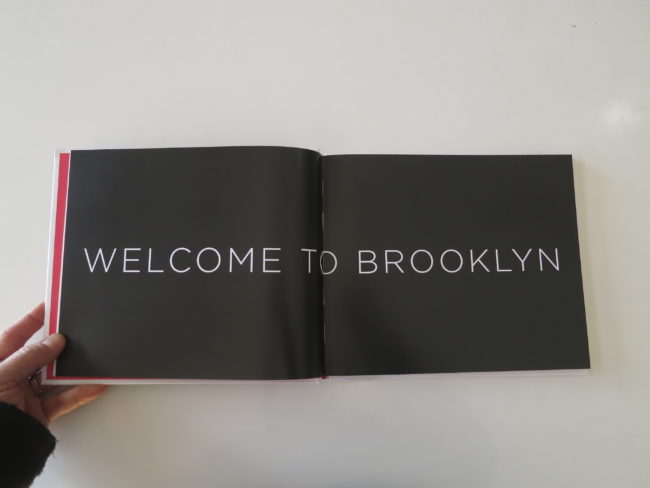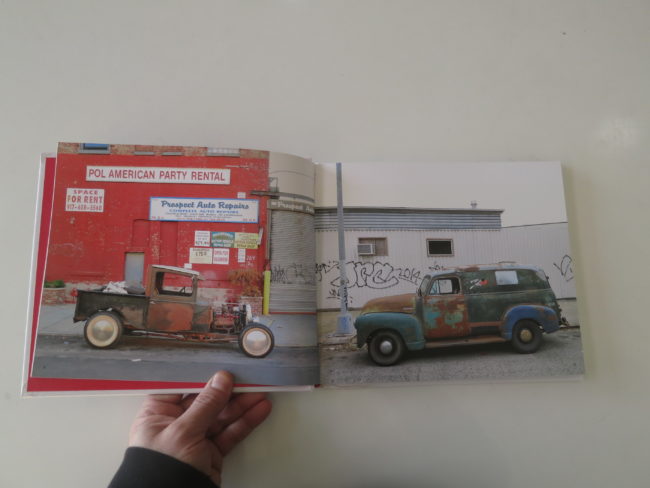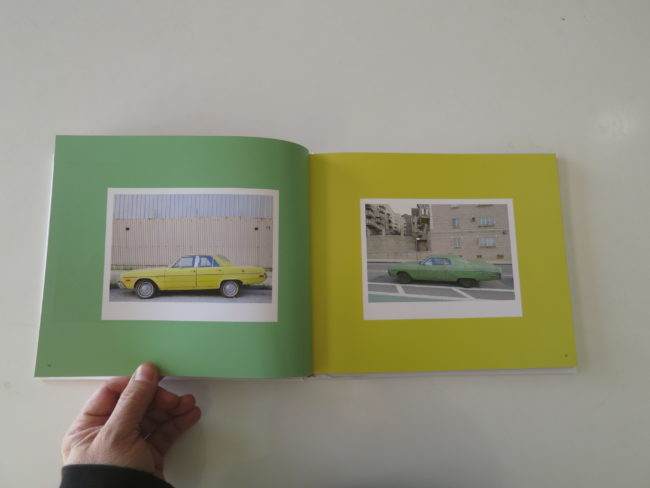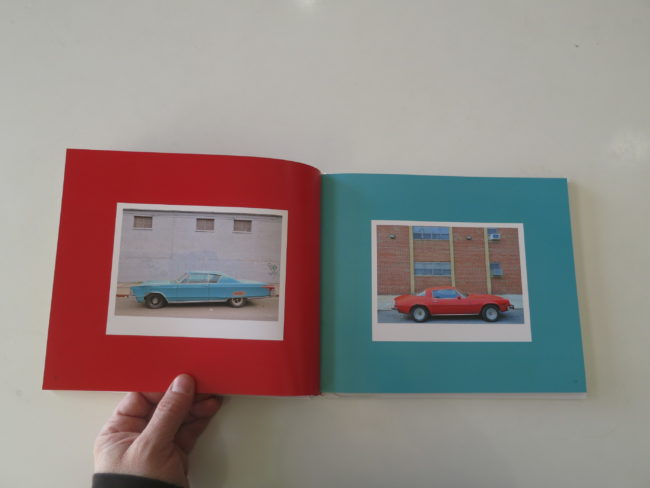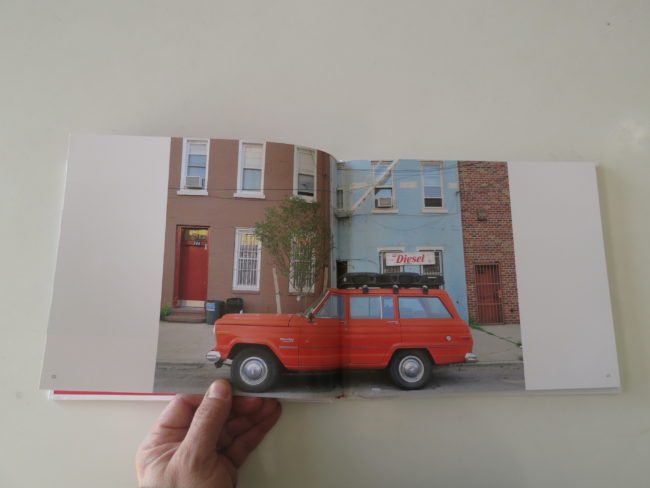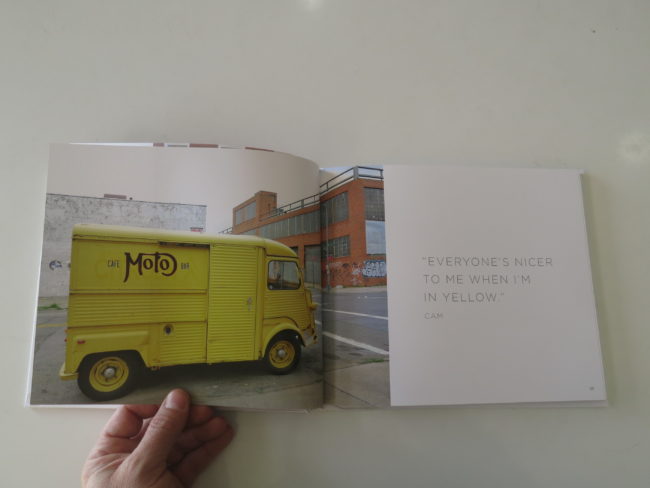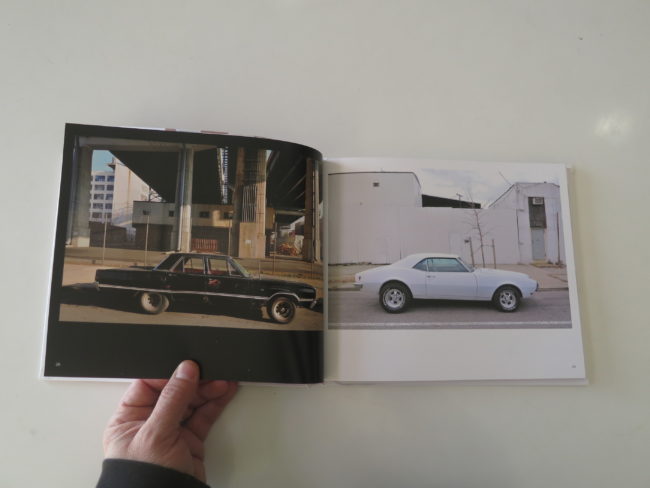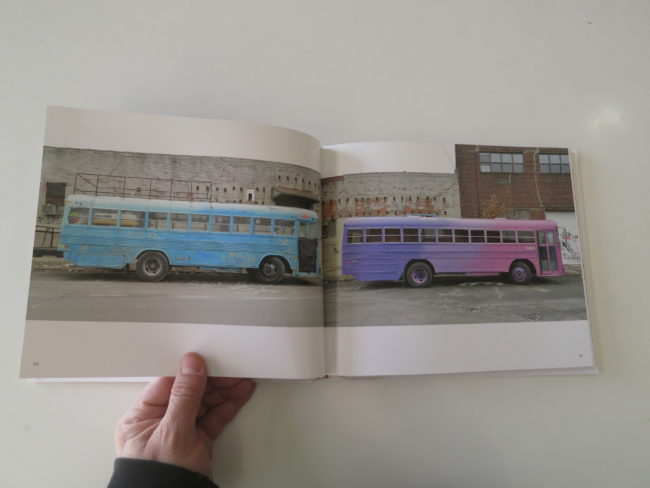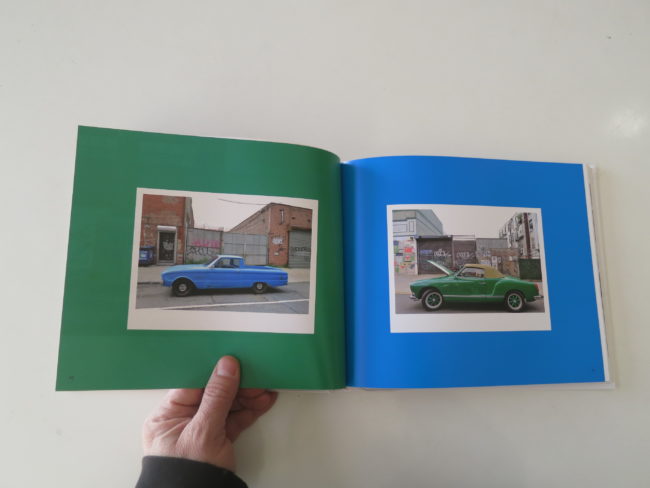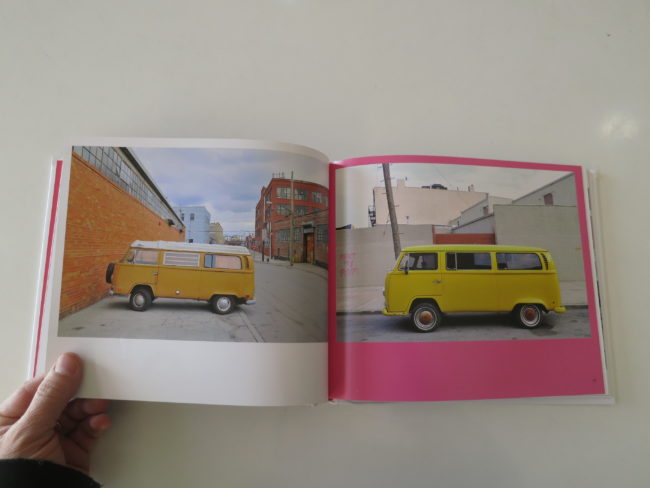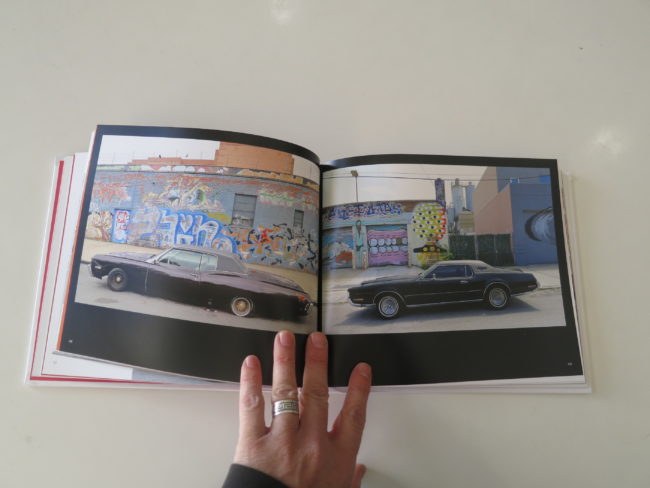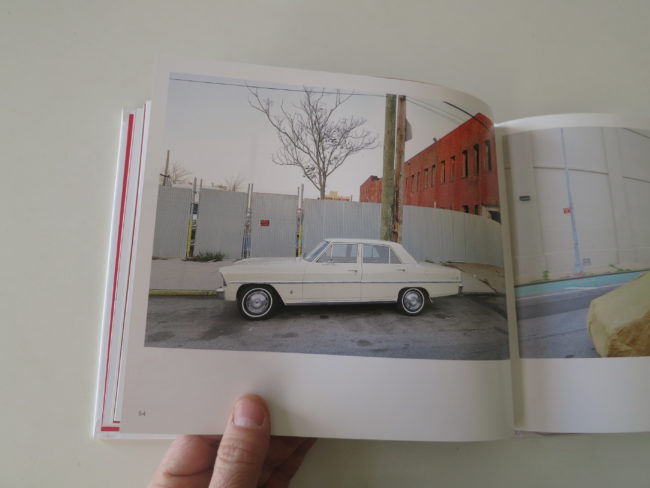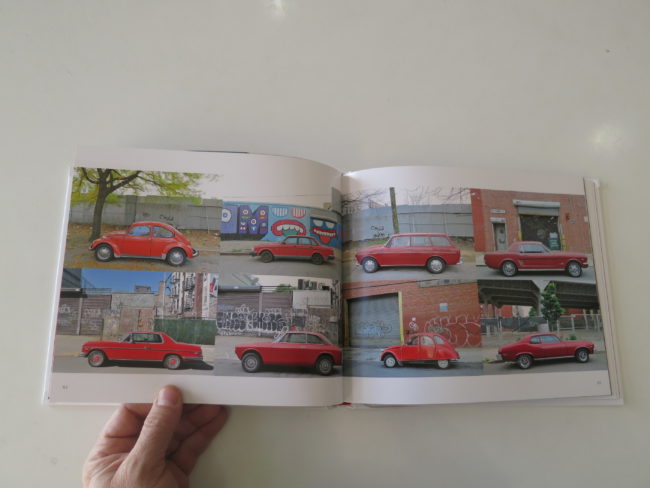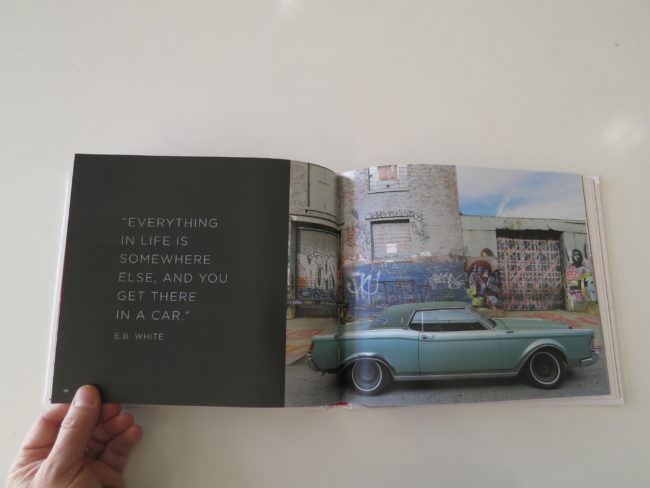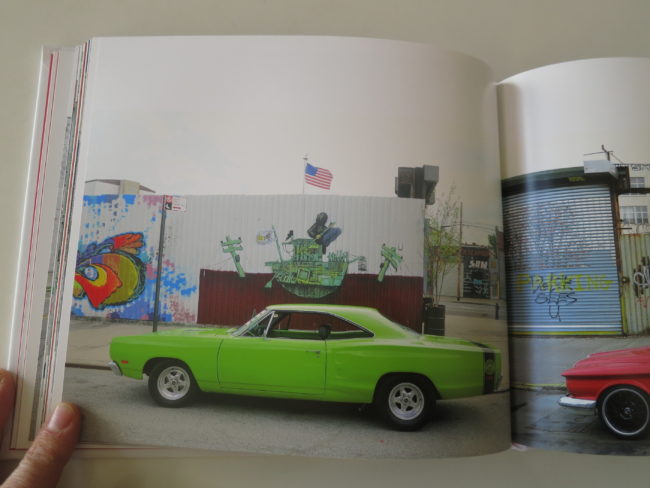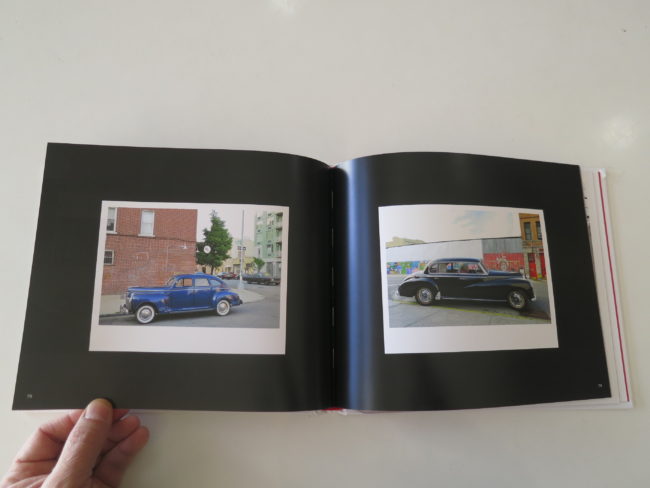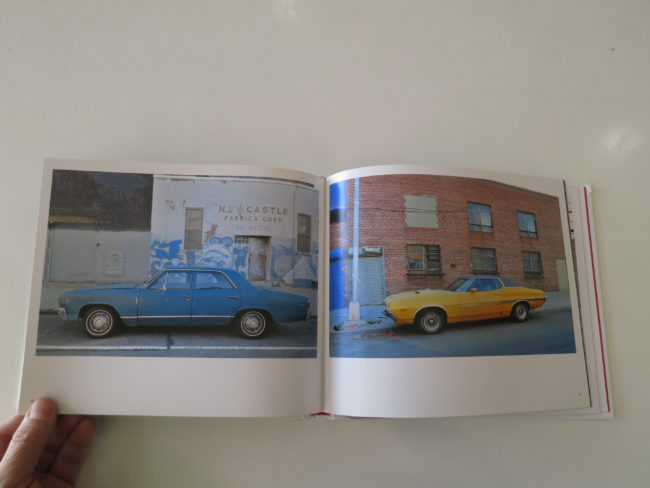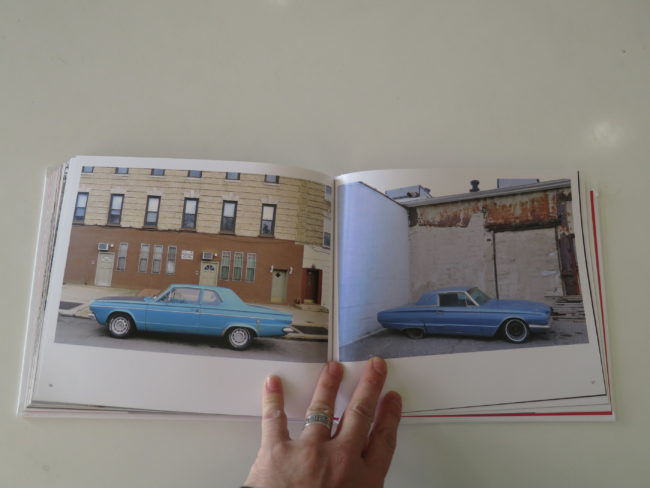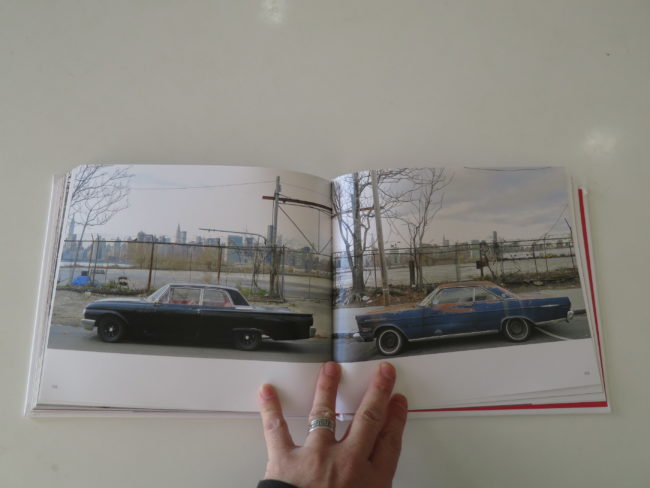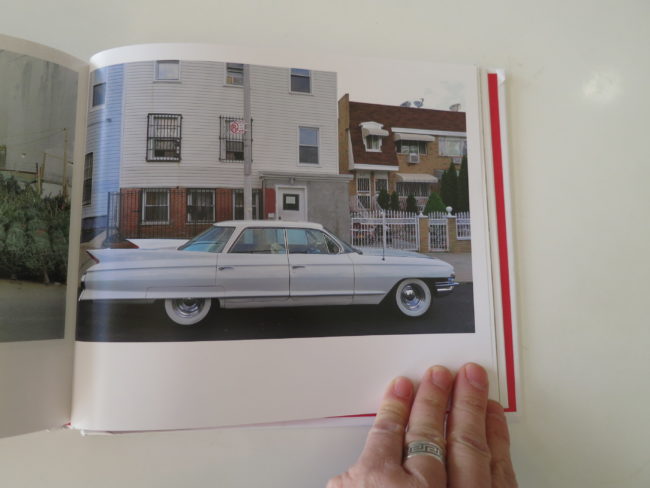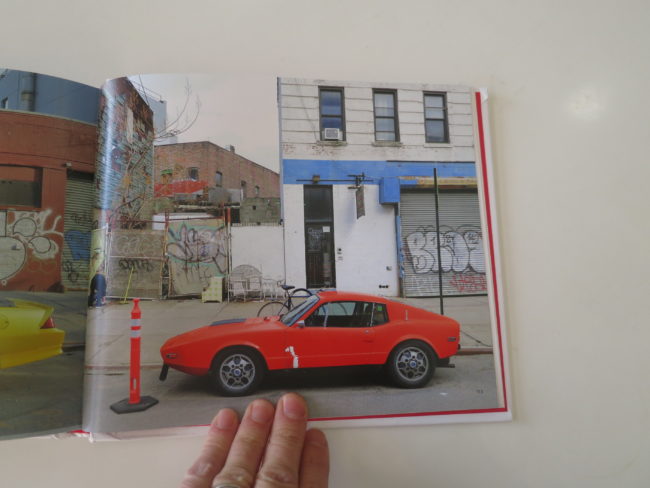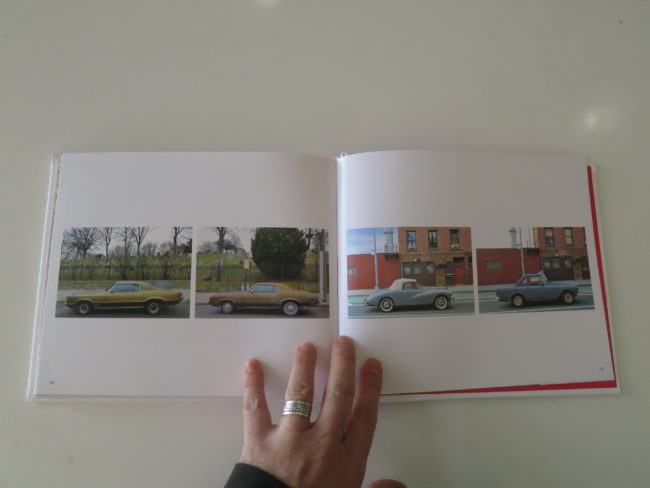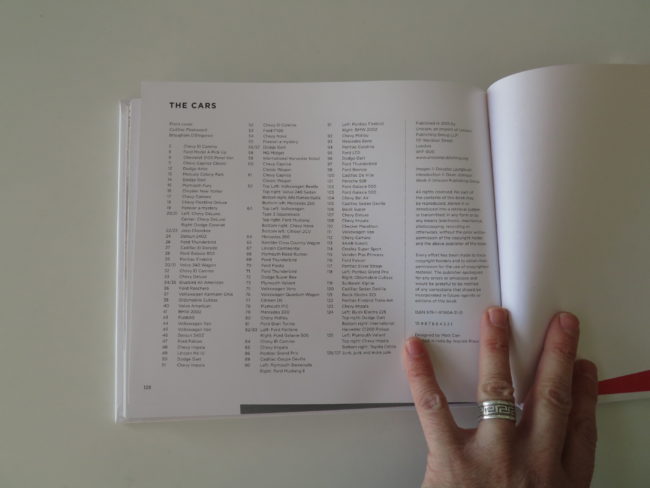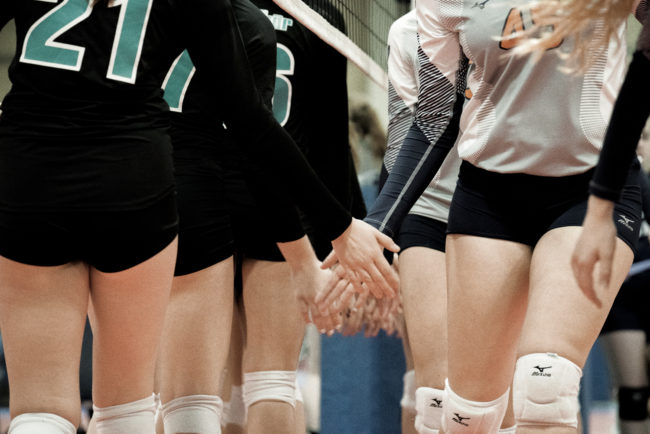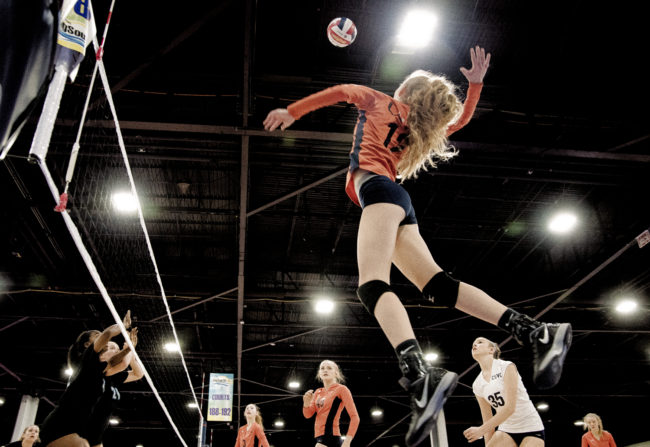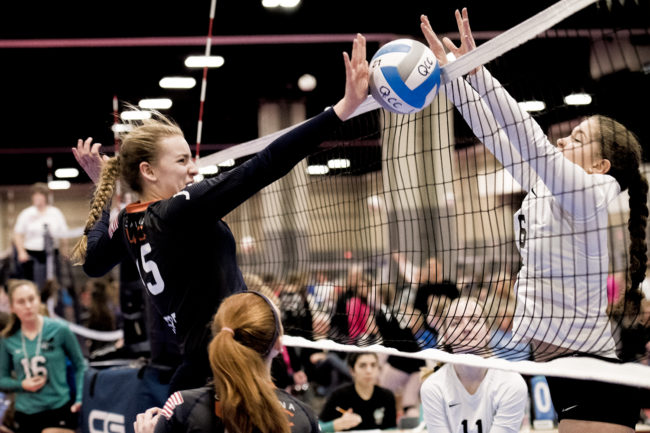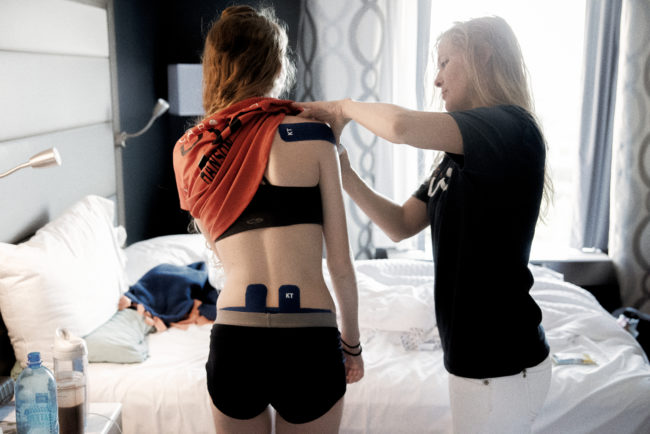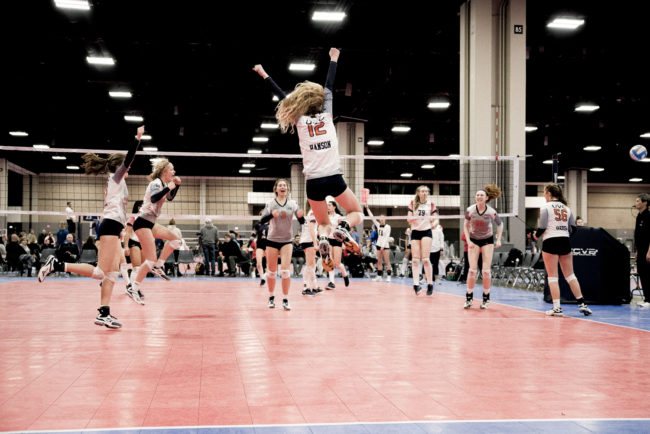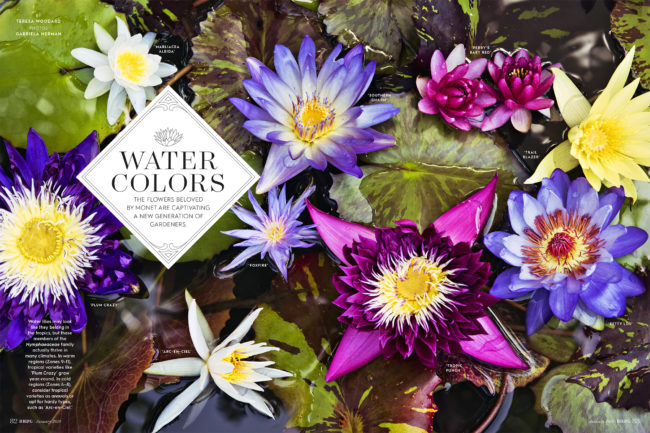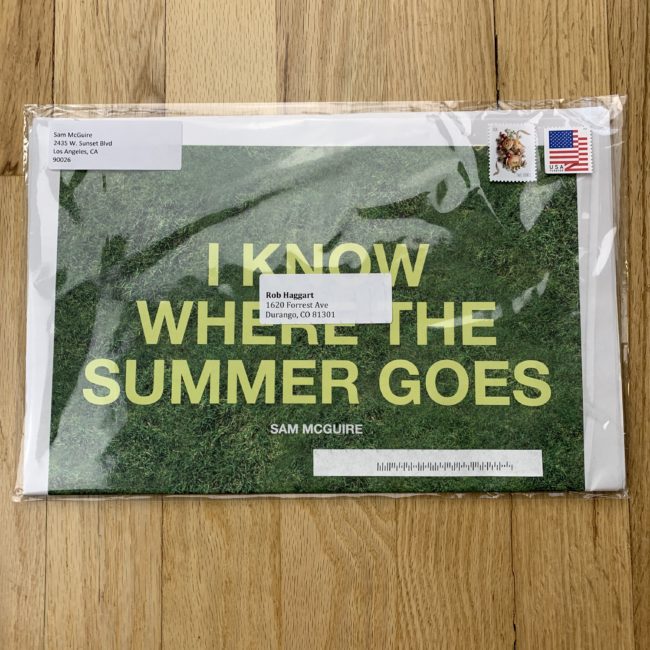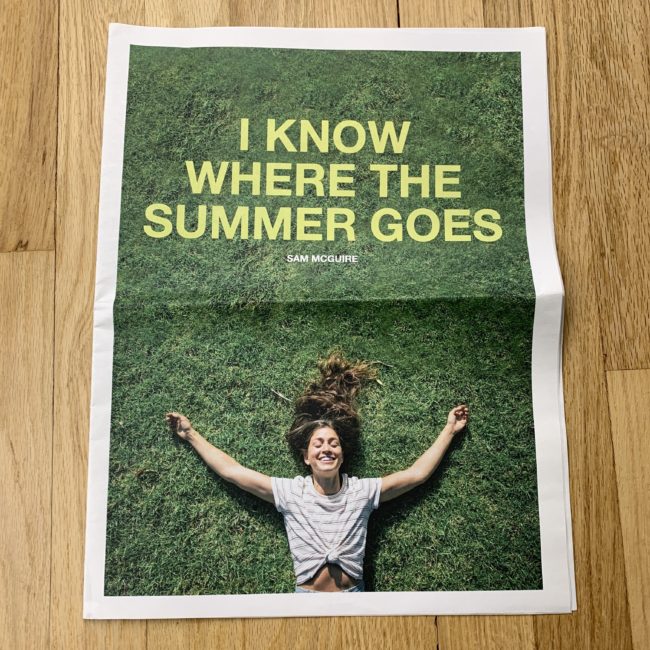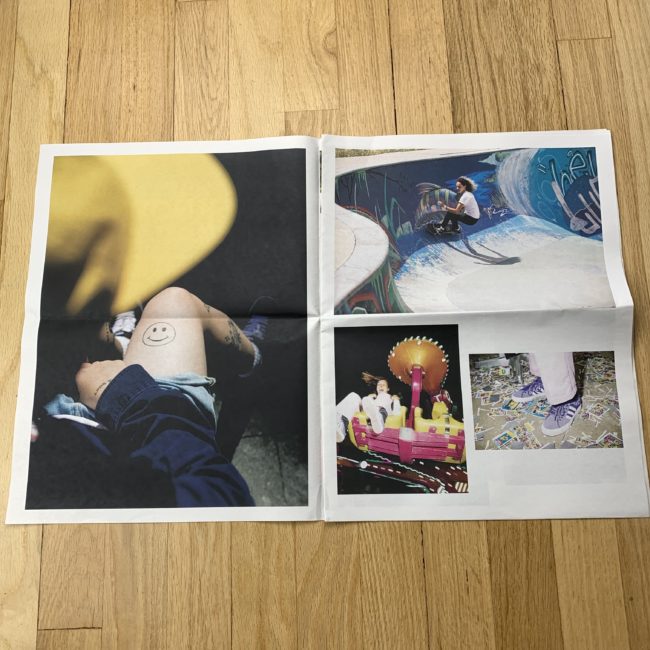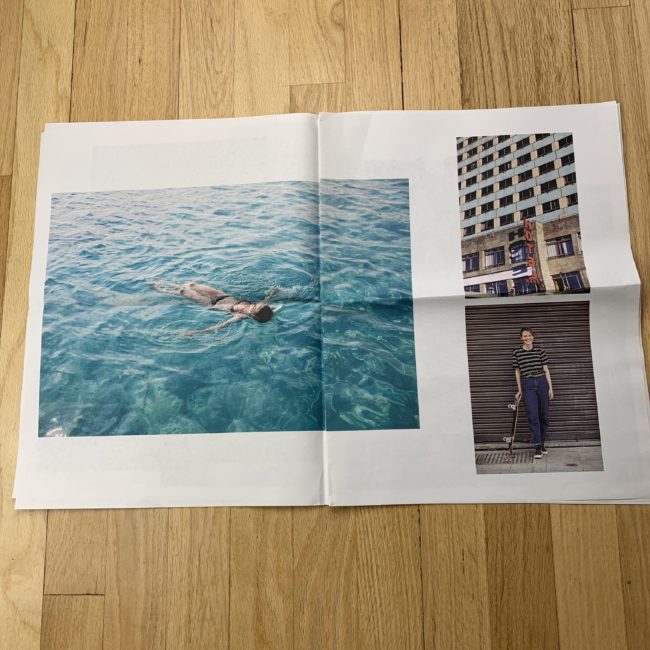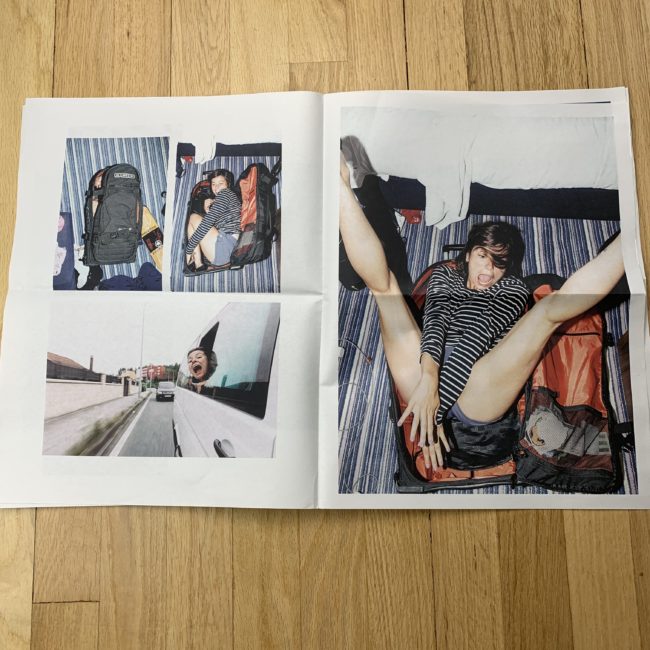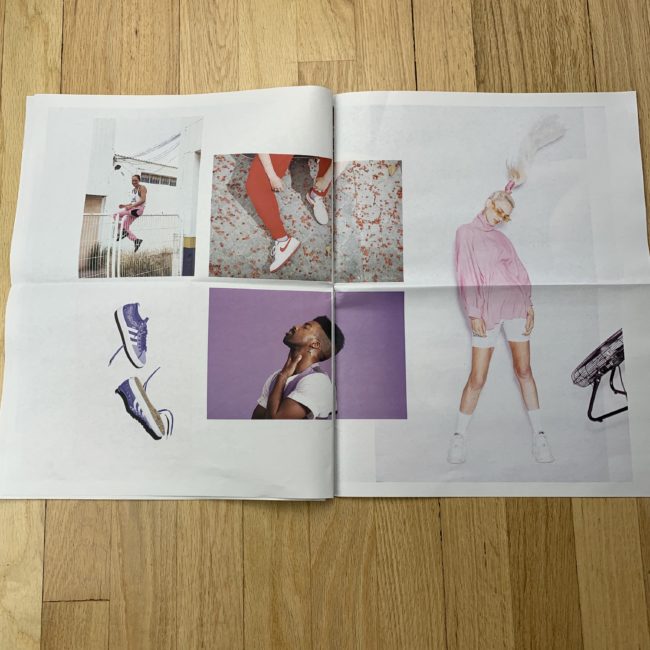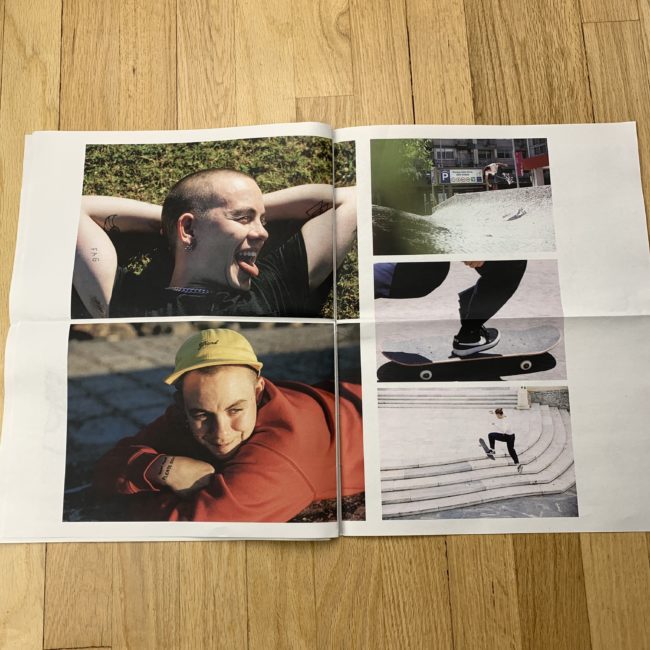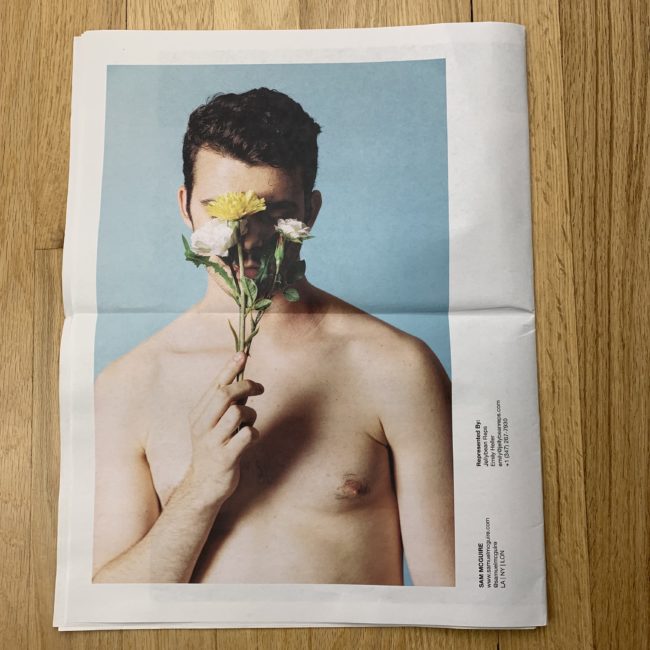I used to know Keanu Reeves.
It’s true.
Back in the 90’s, I worked on a couple of movies in New York, just before moving back to New Mexico. One of them, a major Warner Brother production, was called “The Devil’s Advocate,” and starred Keanu, Charlize Theron and Al Pacino.
I got hired as an office intern, was soon promoted to office PA, and then got a second promotion to location assistant. (Before I was fired in winter so they could hire a much more qualified person for the job.)
Because I answered the phones, made the coffee and took out the trash well before shooting, I was around to hear the gossip, pick up on the undercurrents, and generally make myself a part of the furniture.
Surprisingly, my fellow intern Sarah, who’d just gotten a film degree at NYU, told me she wanted to date Keanu, and then she went ahead and made it happen.
So it wasn’t that odd, in the end, to hang out in Keanu’s trailer and shoot the shit while he smoked, or keep him company while he was waiting for an actress to come in and test opposite.
The strangest thing was, though, that Keanu Reeves was insanely charismatic in person. He would do voices, and crack jokes.
Personally dripped off the guy.
But then, as soon as the cameras started rolling, he’d become stiff and wooden, and his line-readings made me cringe more than once. (Once a day, maybe. He was really bad.)
It was odd to see him behave one way IRL, but then freeze up, or shut down, once it was time to do his job.
At that point, in 1996, he was still known as the cute guy from Bill and Ted’s who couldn’t act for shit. (And I had to admit the reputation seemed appropriate.)
Then, after “The Matrix” came out, all of a sudden, he was a Sci-Fi action superstar, and his subdued on-screen persona made more sense. It’s hard to re-create the feeling of awe many of us had, seeing that film for the first time, but it obviously never would have worked with another actor.
Seemingly, after that, he went into another fallow period, and got super-into martial arts, so much that he directed a film about a Tai Chi fighter, and acted in an awful Japanese sci-fi Samurai film that ended in mass Seppuku. (Mercifully.)
Fast forward to 2019, and the world is eagerly awaiting the third “John Wick” movie, because Keanu managed to reinvent himself yet again, and his laconic, restrained acting is just perfect, when surrounded by the absurd, almost campy, but extremely-well-done action filmmaking.
While we all grow and change in life, (hopefully,) it seems to me like Keanu Reeves just can’t be understood outside of the context in which he’s seen.
Is he really a better actor as John Wick than he was as Neo, or Kevin, the literal son of the Devil?
I’m not so sure.
And what about that amazing personality of his? Does it change one’s perception of his wooden on-screen-persona to know he’s a hoot as a real guy?
I’m not sure of that either.
But my point today, if you haven’t gotten there yet, is that context really does determine most of how we receive our information, and make the judgements that imbue us with individuality.
It’s why you’re more likely to trust the same story published in the NYT over Fox News. (Or vice versa, if you’re conservative.)
Or why some people, who watched “The Apprentice” for many years, came to believe that Trump was a competent, intelligent, corporate titan. (If you haven’t, read the New Yorker piece on Mark Burnett, which offers a pretty fascinating context in which to view our President.)
Photo books, of course, the subject of this long-running column, rely heavily on context. In fact, I find myself telling students that if they don’t consider it properly, they have no shot at making a good book, much less a great one.
The way a photo book releases its information, teases out its narrative, and gives you what you need to know is as important, in my opinion, as the pictures themselves.
It’s what really separates an exhibition, in which you look at the pictures, (most likely big,) and then try to understand them as objects, from a book, which as I’ve written many times is an experience.
In fact, I was just talking with a book-designer-friend about the fact that even the number of pictures included will determine if a viewer looks at a book in one sitting, ingesting the entire message, or flips through a few pages, puts it down, and then picks it up another time and does the same thing.
Think of a photo book as a story, with a beginning, middle and an end, and the whole process makes more sense. (Unless you love non-sensical, non-linear video art, in which case, go crazy and make whatever weird shit you see in your head.)
I mention all of this because today, I spent some time with “A Habit of Self Deceit,” a self published book by Lorena Turner that showed up in the mail, unsolicited, last fall.
It’s important to me that we now show women and men equally here, as it allows us to present a much broader perspective than when I was mostly showing guys, because that’s what showed up in the post. (Let me say it again here folks, outreach is necessary to make change.)
But just as I don’t normally plan the themes that carry over from week to week, I’ve noticed lately that I’ve been a bit critical of some of the books I’ve reviewed by female photographers.
I doubt anyone else has picked up on it, (and my review of Josée Schryer’s book was glowing,) but as this is a column that embraces criticism, I guess it’s fair game.
This book fits the theme, because the individual images, and the style in which they’re shot, are pretty generic for 21st Century fine art photography. Just as I lambasted the Hartford-MFA-style earlier this month, there is a certain type of dry-but-poetic color photography that makes projects indistinguishable from one another, and I’m sure you know what I’m talking about.
Based purely on the pictures, I’m not sure I’d review this book.
But as I said before, just looking at the pictures misses the point.
“A Habit of Self Deceit” is sad, and as soon as you get into the narrative, that context envelopes the experience like a shrink-wrapped house.
It opens with a short statement in which the artist admits to having contemplated suicide, almost calling a hotline for help, before abandoning the idea. (The piece also misspells Diane Arbus’s name, which I took to be intentional, but what is that supposed to imply?)
The writing is immediately followed by a series of bleak-light pictures featuring things hidden, covered, wilting, and alone.
Boom!
Emotional tenor established.
There are more textual interruptions, each very-well-written, which share that the artist was estranged for her adopted mother for years, but now she visits her in a home for the aging and demented, as her mom no longer knows who she is.
We read a story about how her Dad is likely lonely, living on his own in a new home, and how he visits his wife each day. The story tells us that his own mother married her rapist, and that the family history is not happy in general.
The heavy tale weighs down the pictures, throughout, in the best possible way.
And then, at the end, there’s another text piece that discusses the book’s title, which derived from Jean-Paul Sartre and Simone de Beauvoir. (Obligatory intellectual street cred established.)
Add it all up, and I really enjoyed my time with this book, even though it’s sad, and made me feel glum until I took nice walk in the sun.
If I open it up again, and randomly pick a page, I immediately think, “That picture’s nice, it’s good, but it’s nothing special.”
Really though, so what?
In my personal and professional opinion, I judge the entire book not by it’s cover, but by its gestalt.
And this one is pretty good, all things considered.
Bottom Line: A poignant tale of family and loss
To purchase “A Habit of Self Deceit” click here
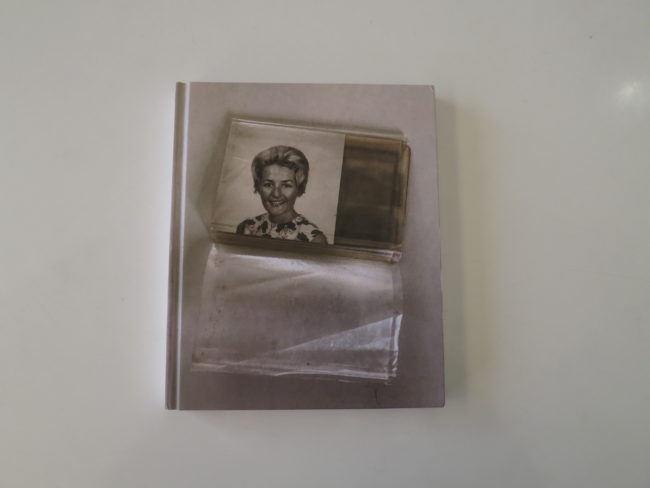

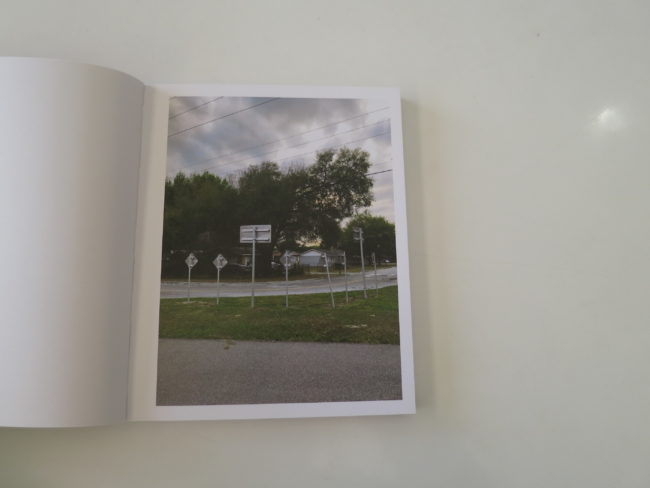
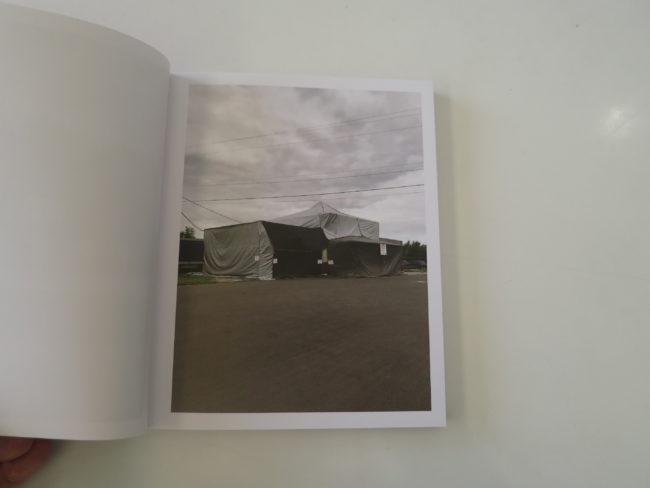

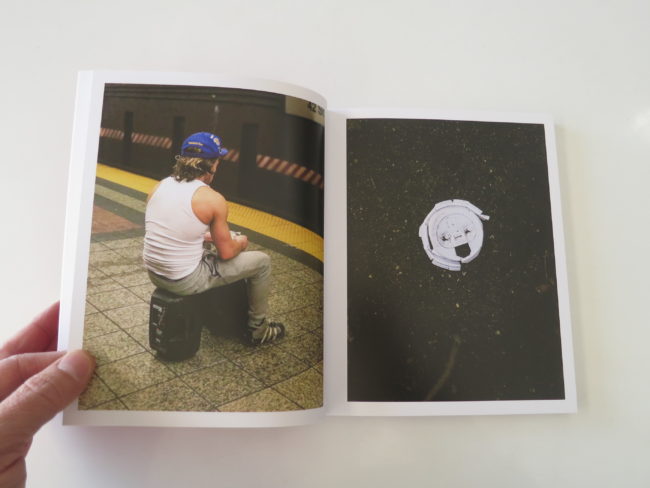
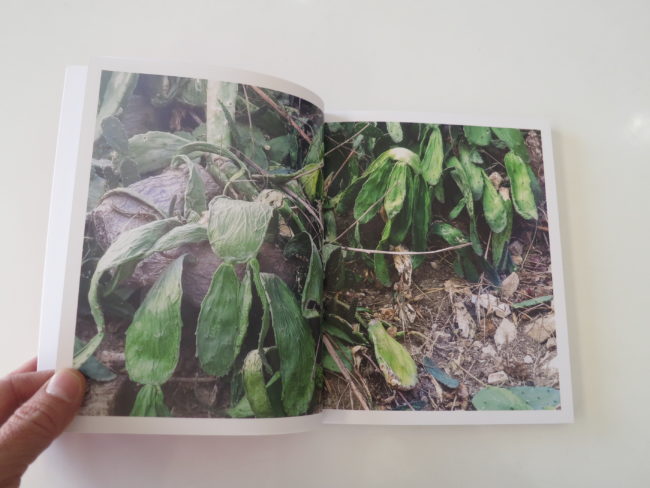
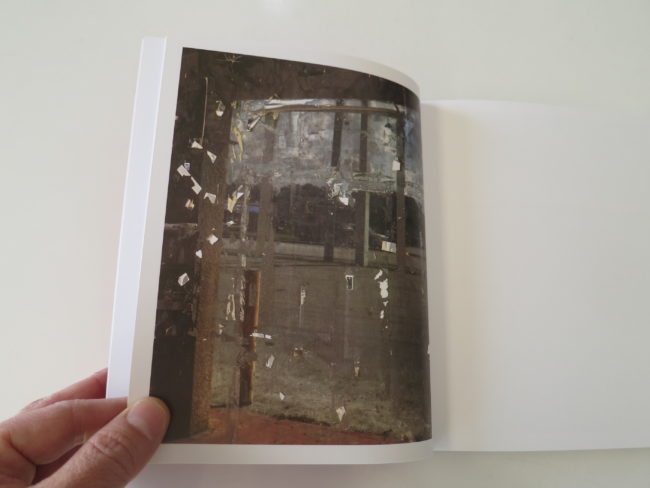
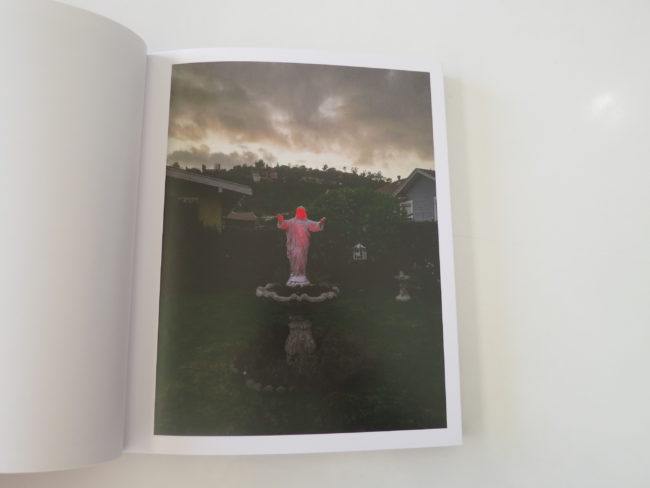



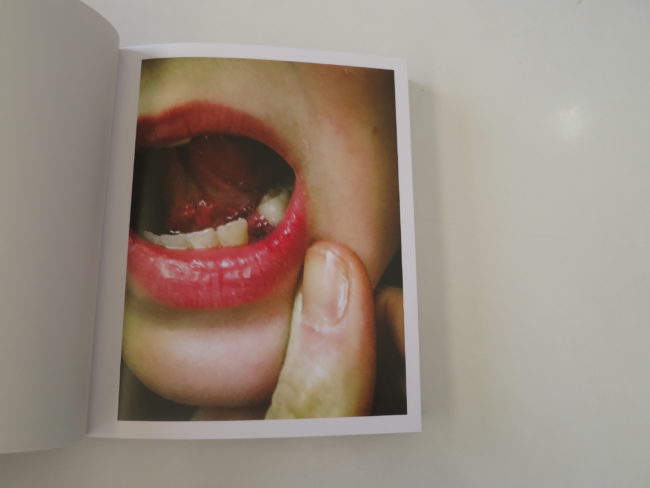

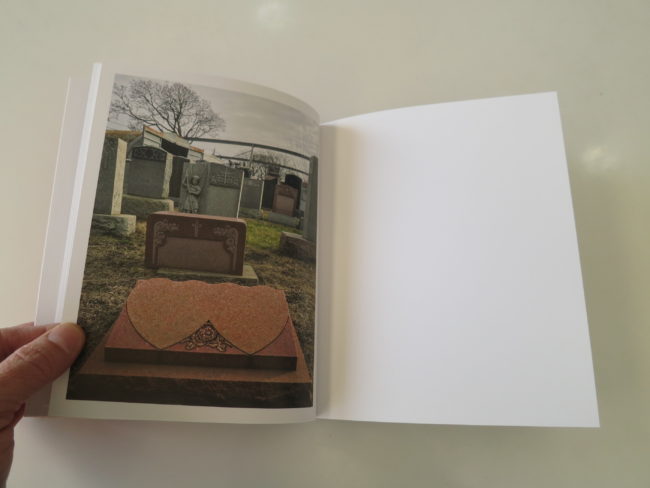
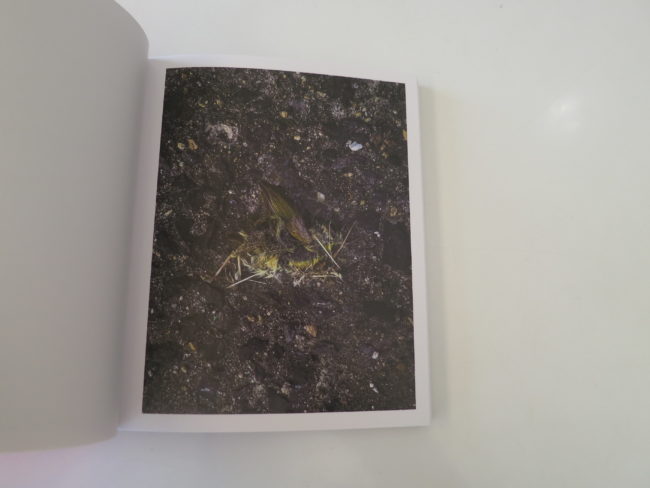
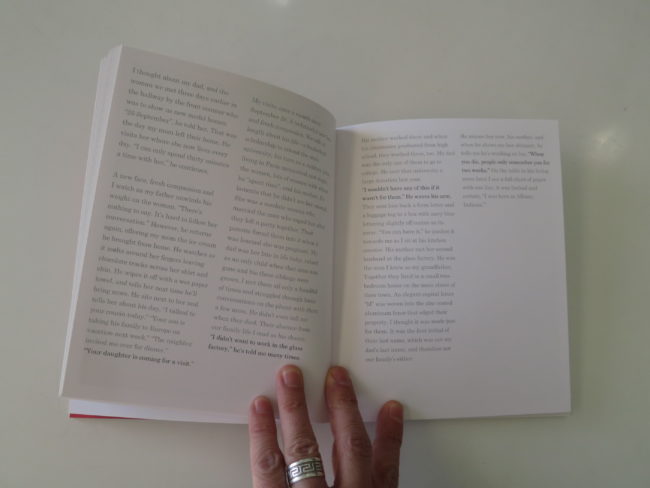
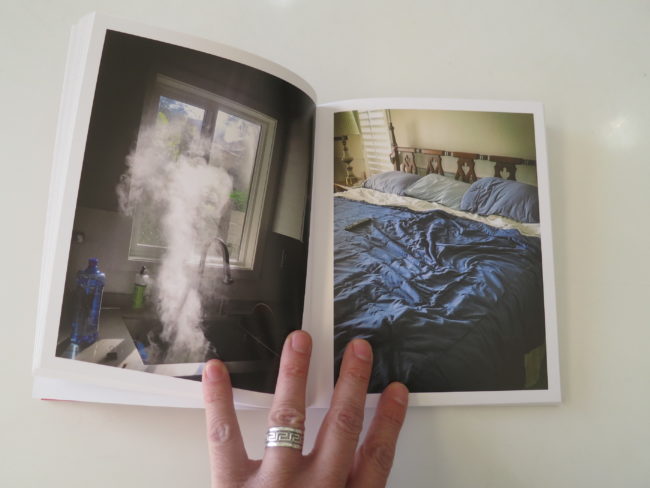
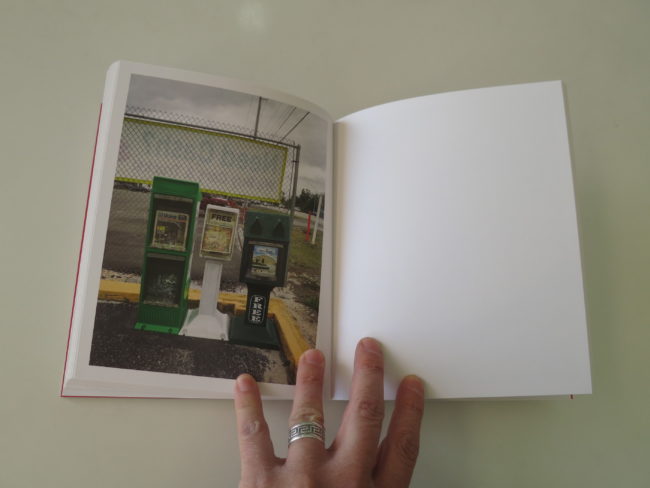
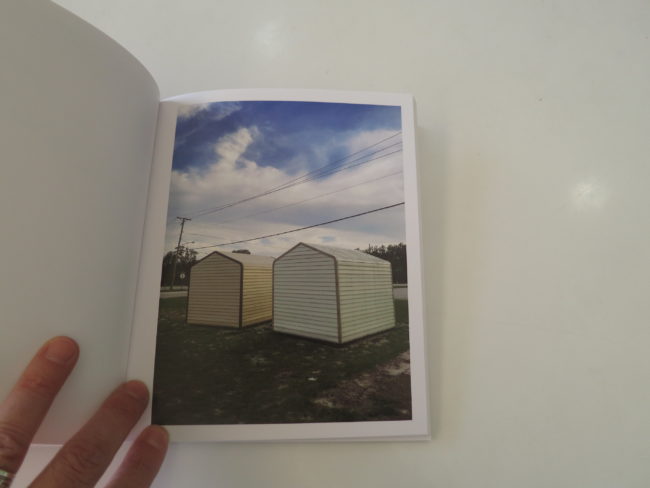
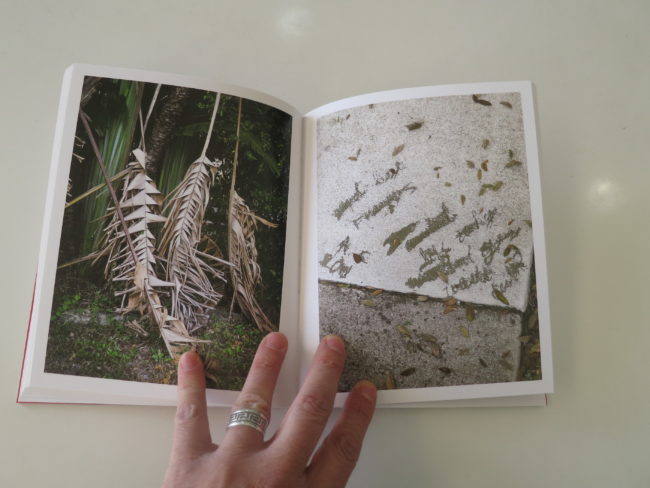
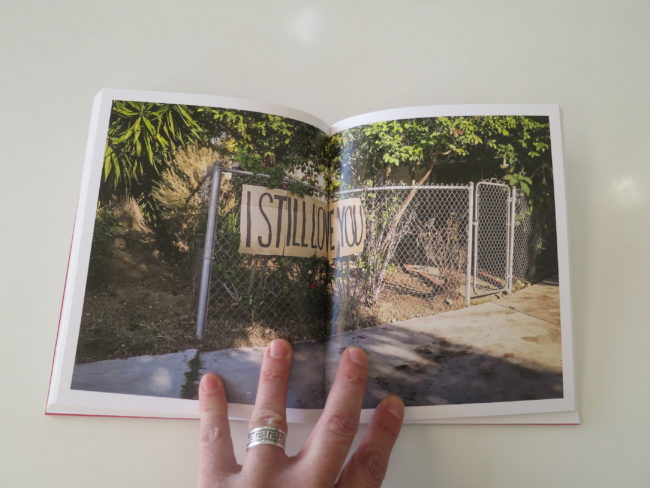
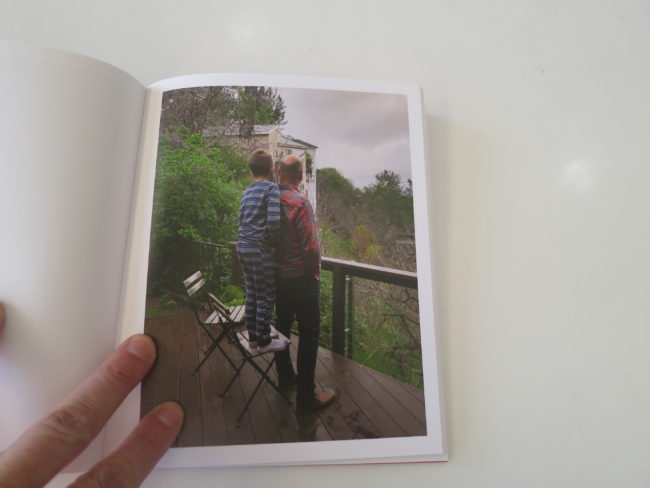


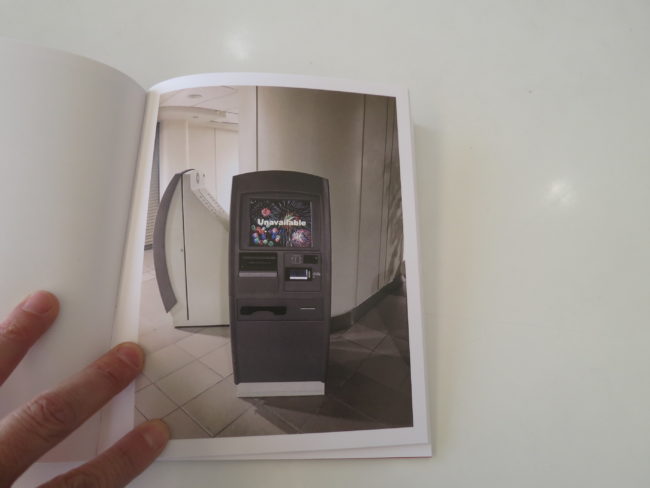
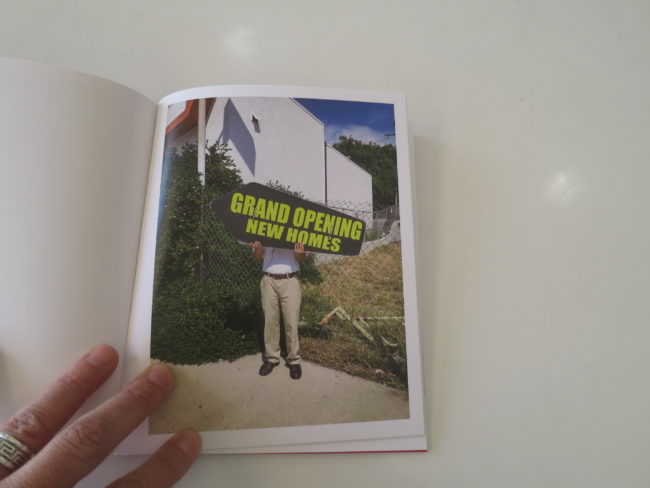
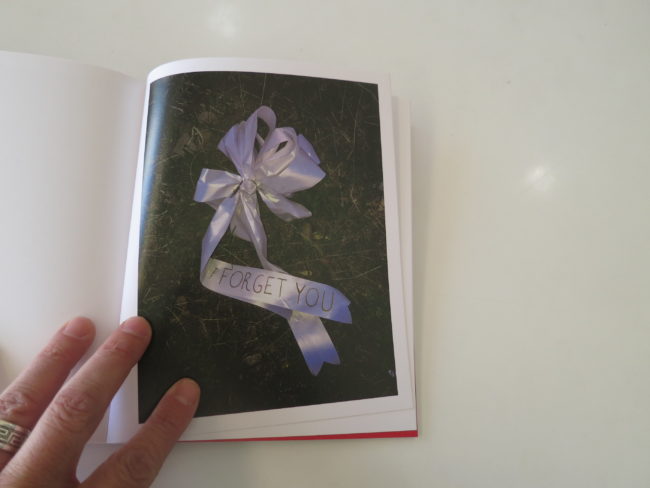
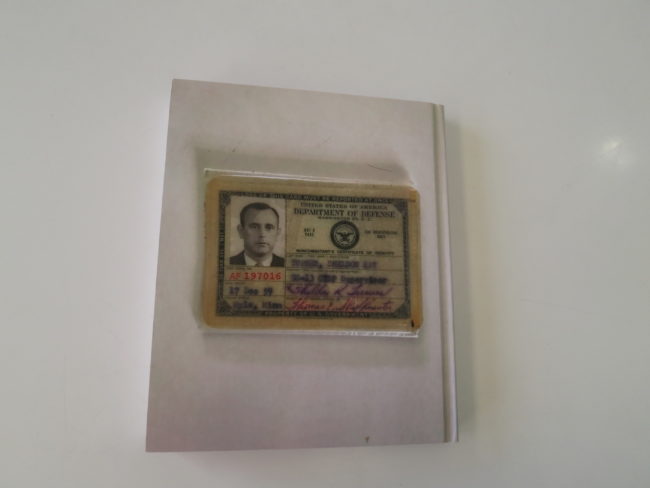
If you’d like to submit a book for potential review, please email me at jonathanblaustein@gmail.com. We currently have a several month backlog, and are particularly interested in submissions from female photographers so we may maintain a balanced program.
